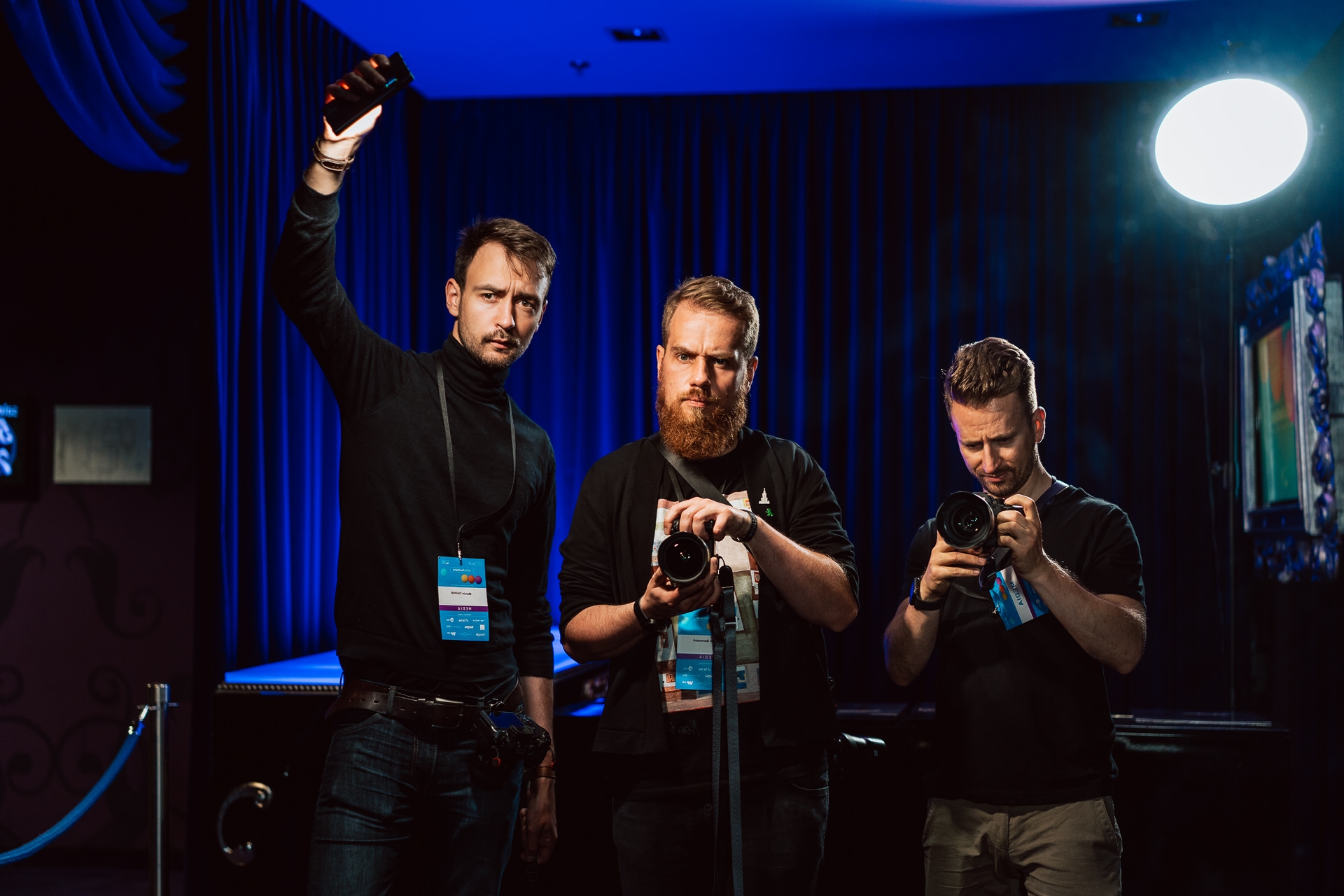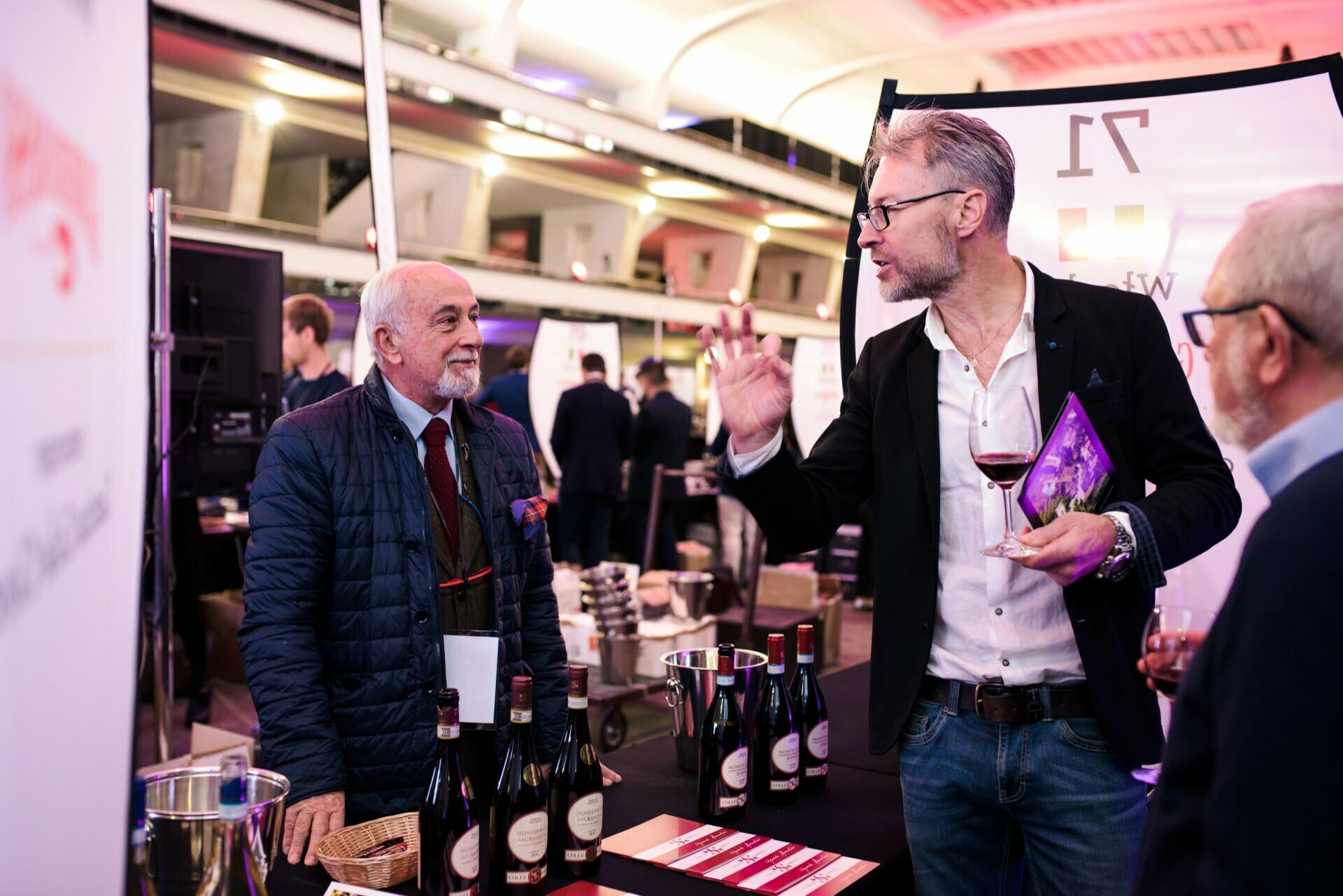I’ll tell you how to photograph events so that you don’t give a blurb and deliver good photos from the event. What we call event photography today are events organized by companies, brands, institutions foundations. Event photography, has a lot in common with documentary-style coverage, as it documents events and shows what happened during them, but usually shows those beautiful and joyful moments. If the event photos show tears, they are tears of emotion. It is supposed to be positive. Emotions, moments, moments and such, and what does that actually mean? I will say in this post.

Event photography or documentary-style coverage?
For me, typical documentary-style coverage is raw meat, where we show what happened – without coloring, although, as you know, the photographer also imposes his perspective. However, there is more room here to show the brutal reality, pain and suffering. Some documentary-style coverage, are also stories told over the years. There’s a lot of room for personal projects and development that can be used in commercial assignments.
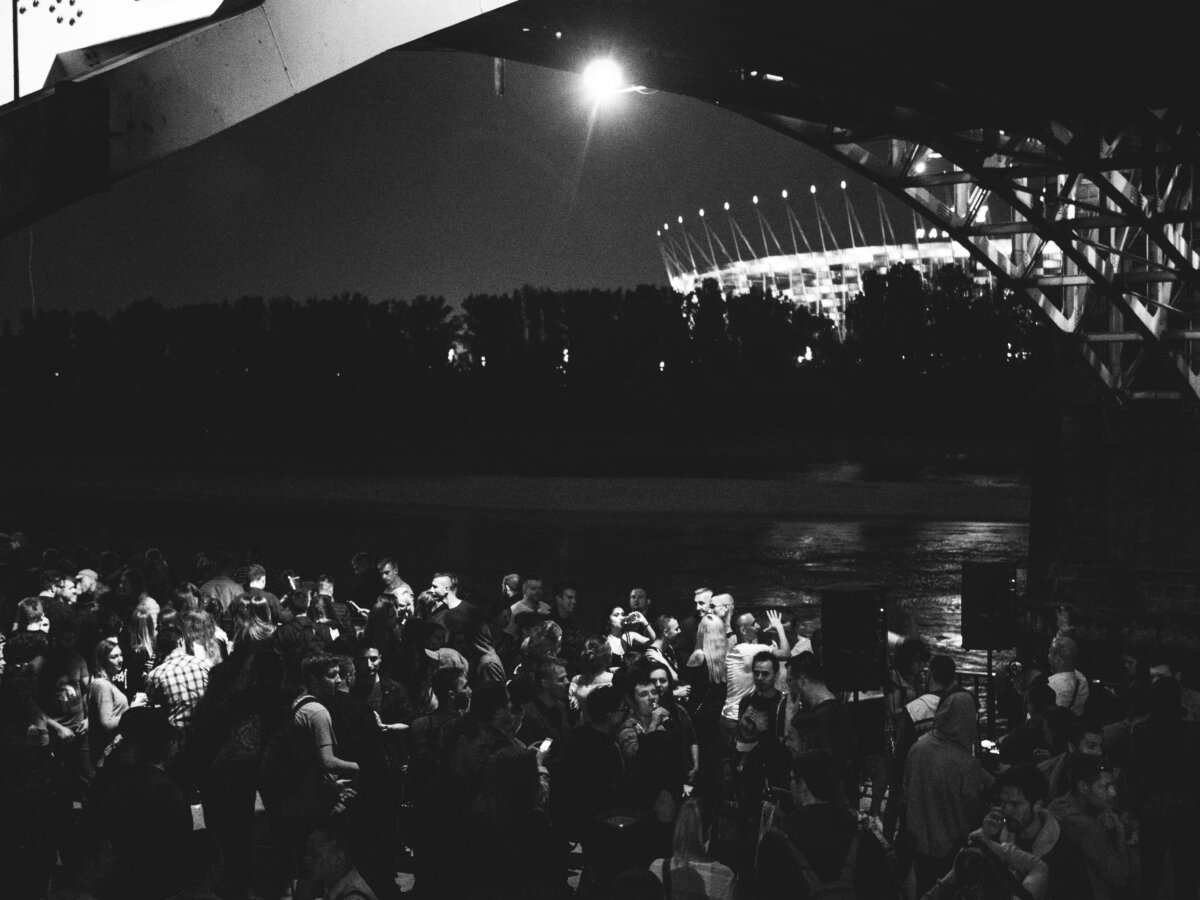
Event documentary-style coverage, however, leans more toward publicity photography, which is meant to present a product, service or event in an interesting and exciting way. Such photos are often used to promote subsequent events, so they are usually meant to create a positive image through gestures, emotions, interactions, preferably against a branding background.
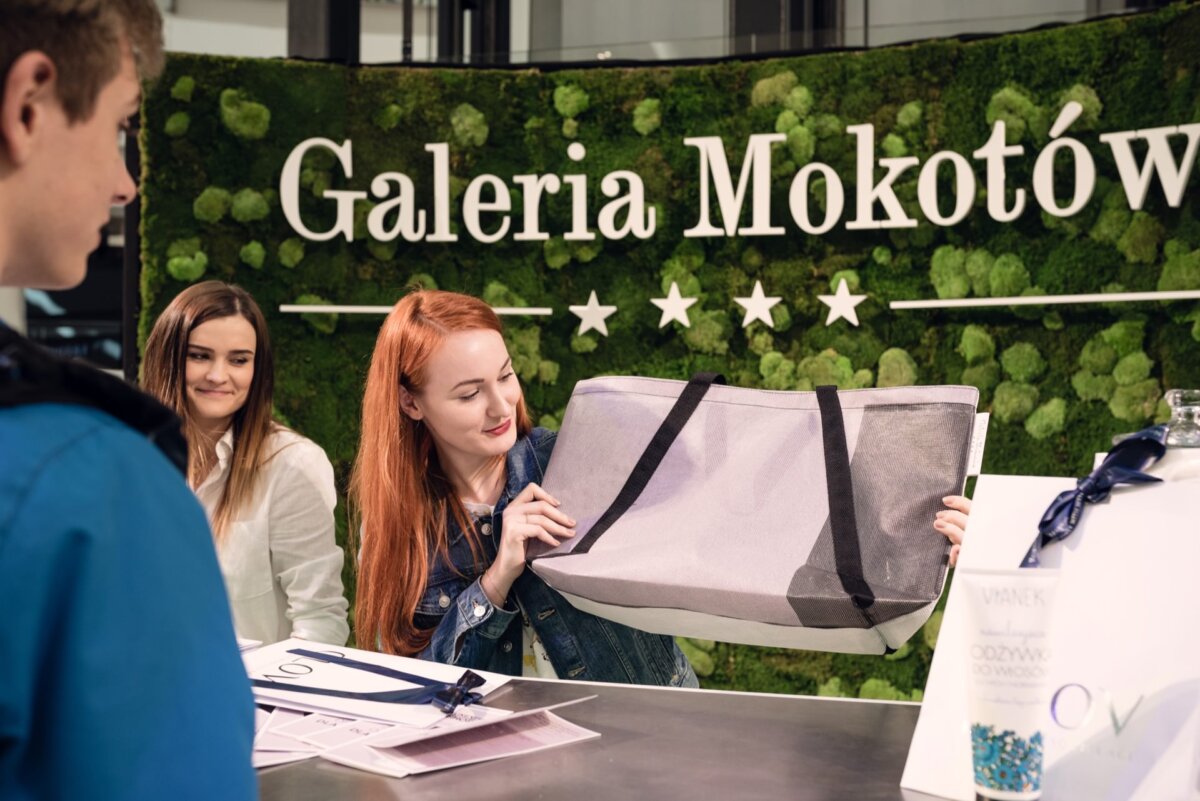
What are the characteristics of a good event photographer?
To take good event photos, you need to master several skills:
- Knowledge of equipment
- Frame planning
- Reflex
- Communication
- Assertiveness
- Punctuality
- Timeliness
Don’t stand like a peg, unless you’re waiting for an important moment
It may sound like clichés, but each of these things matters because of the end result of our work. Because, even though someone can take super photos in the studio, or on outdoor sessions, they totally may not embrace work where they don’t have as much control over the frame, light and environment. In event photography, there’s not much room for arranging frames and positioning people (unless you’re doing portraits). Working in difficult conditions also requires quick reactions and changing settings. You need to know your equipment by heart, its capabilities and limitations – especially when light is scarce.
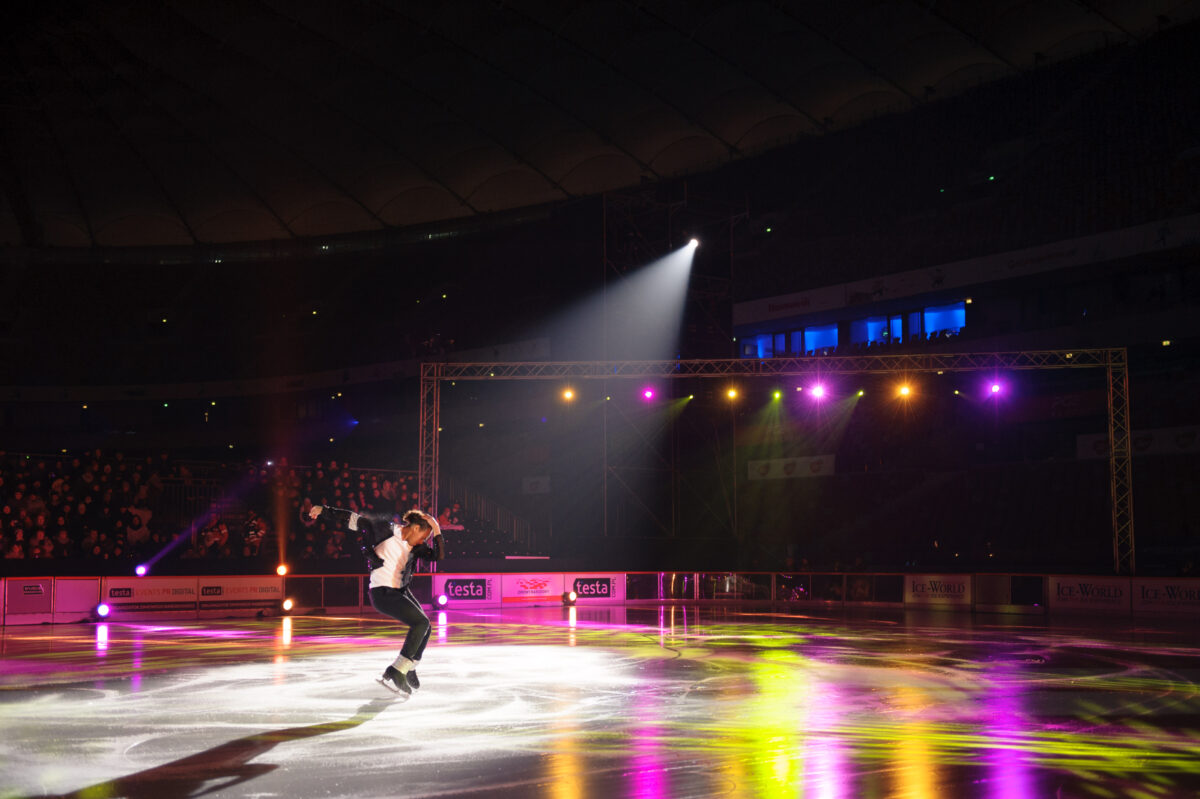
Don’t be afraid of people
Event photography is also about working with people. Those who commission us to take photos and those who attend events. You can stand like a peg with a big zoom at the end of a conference room and take pictures from a hidden place, but sometimes you need to get closer and not be afraid of people. Of course, you also have to have a feel for it and not get in the way, but if you’re just taking pictures like a sniper in one position it shows. And if you already approach these people, it’s also good to be assertive and sometimes know when to say no – if someone asks us for a 10th photo, and we still need to photograph something.
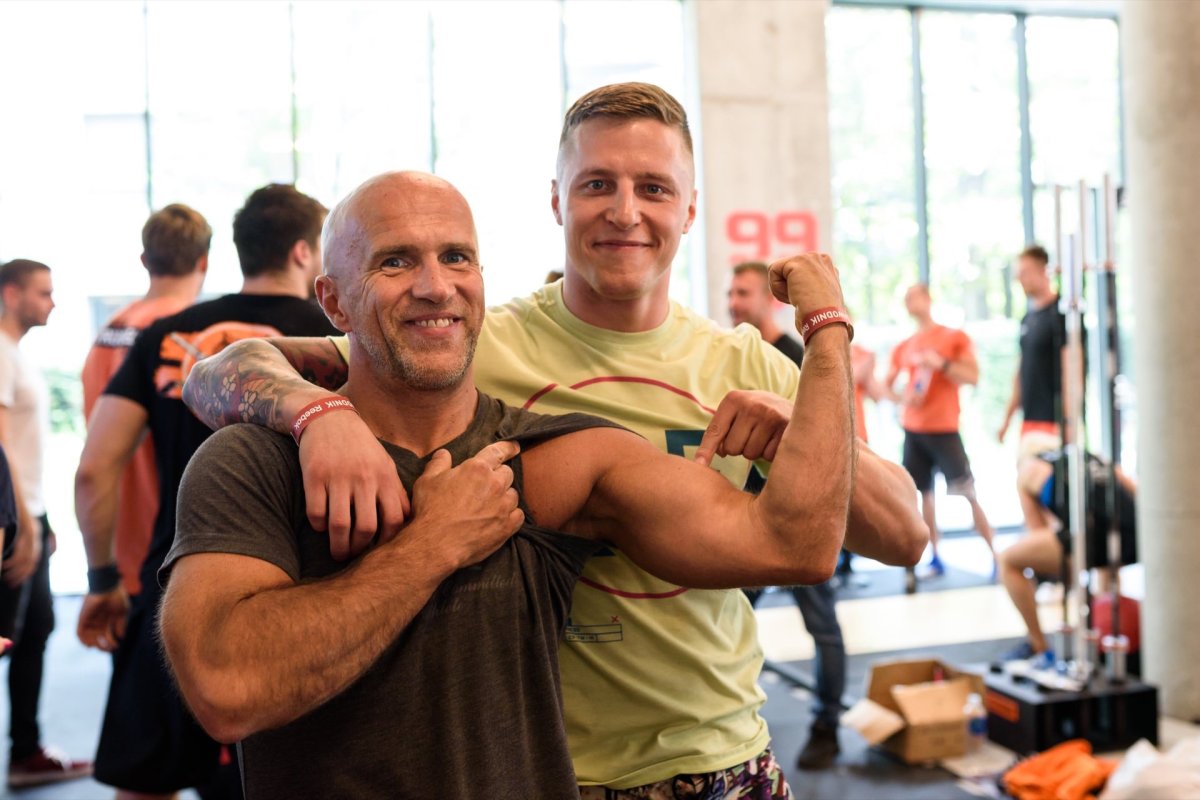
Stay on schedule
Again, I will attach myself to people who do sessions with a model, for example. Many photographers I know doing sessions for a particular person (with companies it doesn’t go through so easily) are able to reschedule the session, then reschedule the shoot. No one will reschedule an event because the photographer didn’t come, or is late – here, too, it’s nice to have a database of contacts to other photographers who can replace us, so as not to leave the client in the lurch. When handing over photos, too, there may be deadlines for photo publishing that are based on marketing plans. It’s better to turn over photos before the set deadline than to give empty promises.
What is most important in event photography?
Starting to work with one of the event agencies, I received a brief in which one of the most important points was something like – Smiling people, excitement and fun. Because these were often events for families with children, which were used to promote attractions and future ones prepared by the agency. I think this is some starting point for what will appeal to clients, but not every event is fun, laughter and jokes. Sometimes it’s more serious, but we always take pictures for a purpose.
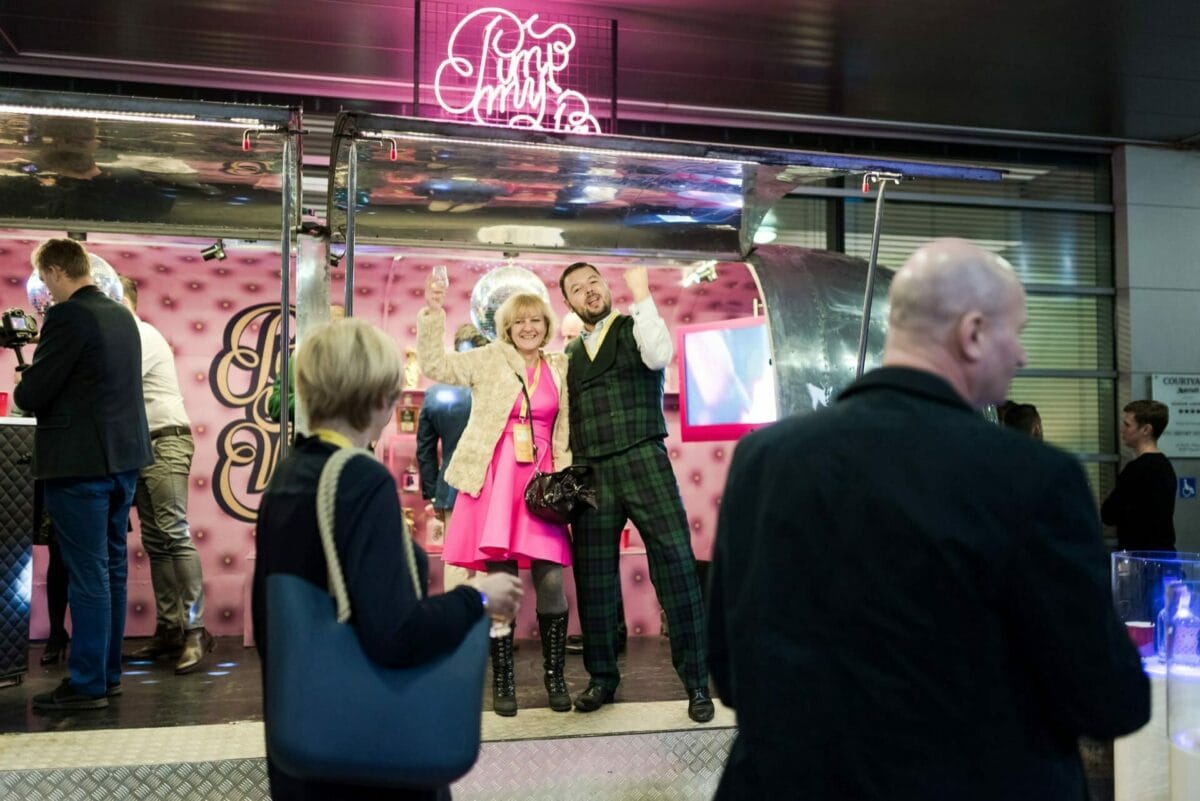
It’s worth asking how our client wants to use the photos we take for them.
Event organizers usually want pictures of crowds or a full room at a business conference – even though the reality may look different. Our role is to choose the frame and perspective so as to show the crowds even in an empty hall. You need to know where to stand and how to take the most favorable shots.
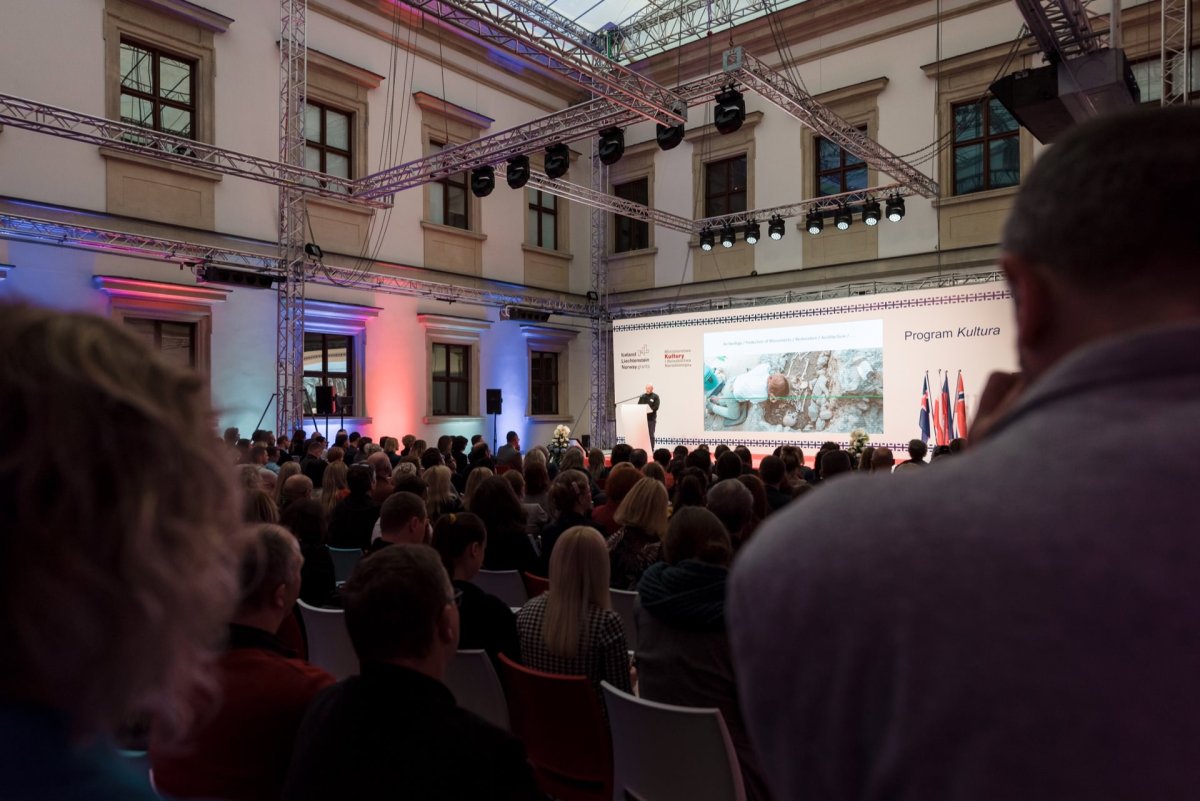
Branding – if we already have a frame where there are a lot of people with positive emotions on their faces, it would be good to have branding somewhere. It could be the name of the event, the logo of the sponsor or the brand associated with the event. Such photos should be like a good product-placement, that is, unobtrusive, not like a Cinkciarz ad in Vega’s movies.
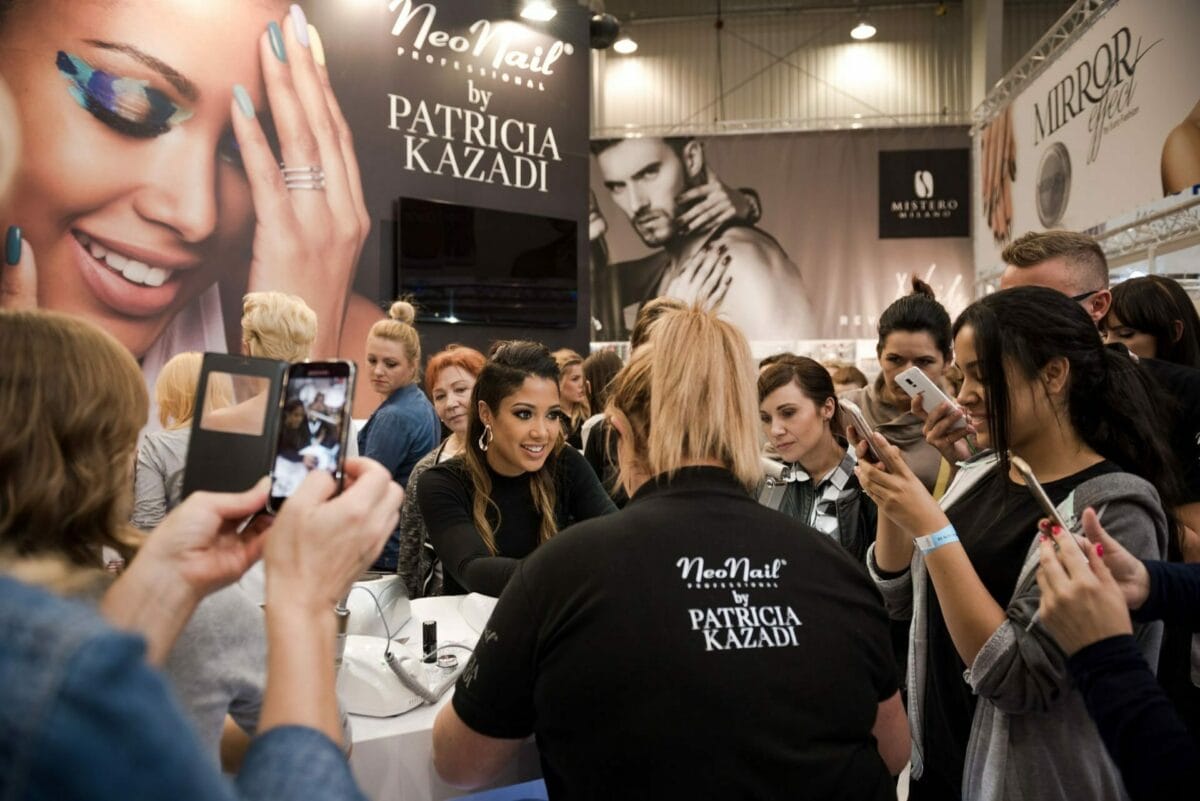
Photos of VIPs and speakers. If important people appear or perform at the event, it is important to capture them in photos in various frames. Many business conferences have very good attendance precisely because of the presence of experts. The same is true for events for big brands that invite celebrities. It would be lousy not to have any photo with their participation.
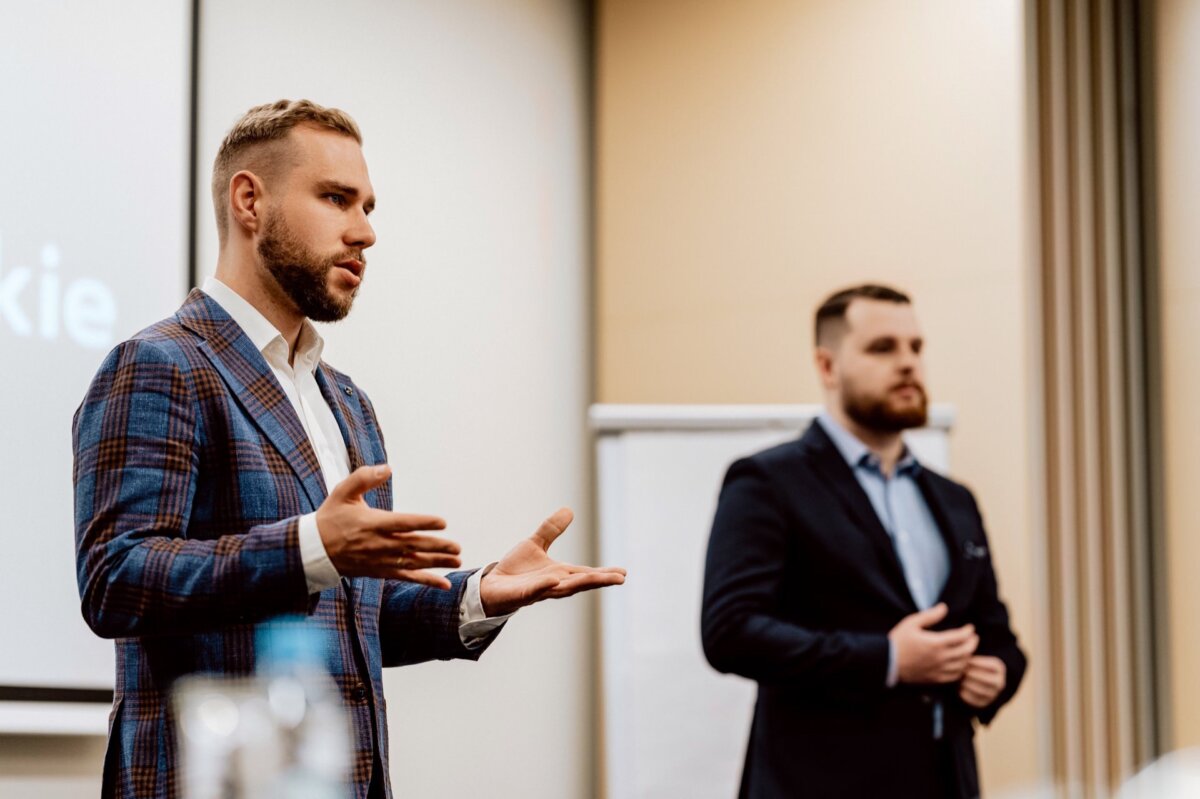
It may also happen that an experienced event manager or someone from marketing prepares us his list of expected shots, which he plans to use for promotion and in advertising materials. An example list of such shots might look like this:
- Wide shot of empty stage without guests from above and from audience level
- Photos of banners in front of the entrance of company X and Y
- Photos of the receptionist at the issuance of badges
- Photos of speakers – portrait, horizontal photo of the whole stage, vertical photo of the speaker’s silhouette
- Photo of the full hall from the back with focus on the listeners (for graphics per page)
- Photo of “Z” company’s booth enjoying the attraction
- Photos of the drink machine – photo of people without visible faces, photo of details
- … etc.
Of course, it’s good to get such a brief in certain circumstances, but an experienced event photographer should anticipate many of them and many different images that are both interesting and technically good.
Preparing to photograph an event
If you’re going on vacation you’ll probably take your camera, some lens (maybe a few), a charger and a bag or some sort of case. In that case, if something stops working, the memory card overflows, or the battery dies, you’ll probably reach for your phone and stash the camera in your backpack. When photographing events, it would be a flop.
Therefore, it is important to prepare in advance. Because not everything can be done at once. Like charging the batteries or fixing the camera.
Who do we photograph for?
Just as before interviewing for a job, it’s a good idea to check who your client is. You will find the most important information on the website or social media. Sometimes you will also find there photos from previous editions – especially if it is another edition of an event. If you can’t find information about the client, it’s worth asking what he or she does, the nature of the event and who will be there. This will be useful, among other things, to determine how to dress.
What is the event?
The term event is very broad. Once it may boil down to having to take a few photos during a press briefing held in a single conference room, while other times it is an integration of employees at a large resort.
It’s a good idea to get information about the entire event to plan your work and any breaks and meals if it’s a full day of shooting. Usually the event plan along with the brief should be provided by the client, but in practice this varies. Mostly you will find the necessary information on the event website. Otherwise, it is a good idea to ask the person in charge of the organization what the plan is and what frames the client cares about before shooting. Are there any special guests planned or any attractions that are not in the official schedule.
Check directions
Determining the location and hours of the event or the hours we are to work is of colossal importance. I always check the access in Google Maps, where it is possible to determine the average travel time in the given hours. I always take into account the pessimistic variant, in case of some kind of emergency.
If I know the area and know that it will be difficult to park then I also leave myself time to do it. In Warsaw, you can drive 10 minutes to the center and spend the other 10 minutes looking for a free parking spot or park incorrectly and get a fine. Sometimes when I have an event in the center of Warsaw during rush hour, I prefer to take public transportation or a cab, so as not to waste time in traffic jams and looking for a place to leave the car. For longer events, a cab may even cost a little more than the parking fee.
Of course, it’s all important to be 20-30 minutes early rather than late at the last minute.
Does the client want to receive photos during the event?
If I have an assignment where the client wants to get some of the photos during, or right at the end of the event then I need to take my laptop with me. In such a situation, I always ask you to prepare a secure lockable place where it can be left and plugged in. It is also necessary, of course, to prepare enough disk space in advance to rip the photos taken, rather than freeing up space for the last minute.
Deadline and form of photo submission
Already at the stage of submitting an offer I say in what form and time I will hand over the photos. So that it is clear what we are agreeing to with the client. Sometimes I’m photographing several events day after day and I don’t have the opportunity to sit down to shoot and deliver them the next day.
In most cases, my clients get access to selected photos in full resolution and such for publication on the Internet to download from a password-protected online gallery. My standard is 5 days, but sometimes I give the photos earlier. When I know I have a lot of work to do on that date I also simply give a longer deadline so that I can get everything done in time and hand over cool material on time, rather than promising deadlines that I can’t meet.
If the client does not inform us that he or she will want photos for the next day, and we have specified a deadline for returning the material then we are protected. Of course, if we have the opportunity to do so, it is possible to send a scribble of several photos – whether on our own initiative or the client’s request (it often falls only during the event).
Of course, there are random situations, or the amount of material has overwhelmed us, then let us know that the photos will be later, and not only when the client asks when they will finally be ready.
Equipment preparation
It is important to have proven and reliable equipment, that is, two cameras. It is also a matter of course that you should know your equipment by heart. No matter how much you spend on a camera, it can still fail or get damaged. It’s good to have a second body in reserve. The same goes for lenses, although these are usually less capricious and can last for years (especially the old ones), there is no 100% certainty.
You can work with one body and have the other in your bag, or with two cameras at the same time. It all depends on your preferences and what lenses you use.
At events, flexibility comes in handy, and most often 2 options in how you can photograph work:
- One body and a universal zoom e.g. Nikkor 24-70mm f/2.8 And possibly a flash. Then you can leave the second body in your bag or backpack.
- Two bodies with fixed focal length lenses with f/1.2-2.0 light. One with a smaller focal length around 24-35mm and the other with a larger focal length around 50-135mm, or even 200mm – if you shoot in a large space).
Of course, everyone works in a different way and has a different style of photography. I have seen photographers using 3 cameras at once. I myself also used a Zooma Nikkor 24-70mm 2.8 combined with a tiny Nikon 50mm f/1.4 fixed lens so that my hands could rest and I could shoot in poorer lighting conditions without a flash. Also, people perceive us differently if we have a small body + glass kit, rather than a big DSLR for a reporter with a plug-in 70-200mm zoom.
My event photography equipment
I am currently working on 2 Sony A7III bodies that I use simultaneously. I shoot with bright constants – 24,35,55 and 85mm and usually have them in pairs 24mm f/1.8 + 55mm f/1.8 or 35mm f/2.0 + 85mm f/1.4 depending on where I am shooting and how much space there is. This way I can take wider and narrower frames at any time. I used to work in a similar way on Nikon D700 and D750, where 90% of the time I had two lenses strapped on – Sigma ART 35mm f/1.4 and Sigma ART. 85mm f/1.4. This way, I also had to clean the cameras’ sensor less often, as I rarely removed the lens.
Today my basic kit for events looks like this:
- 2x Sony A7III(Amazon.co.uk)+ 2 spare batteries
- Samyang AF 24mm f/1.8 FE
- Sigma C 35 f/2.0 DG DN(Amazon.co.uk)
- Sony 55mm f/1.8 ZA Car Zeiss Sonnar T(Amazon.co.uk)
- Sigma Art 85mm f/1.4 DG DN(Amazon.co.uk)
- 2x Quadralite Stroboss 36evo S + 1 spare battery
- Quadralite Stroboss V1 S + 1 spare battery pack
- Quadralite Navigator X2 S Trigger (Amazon.co.uk)
Event photography accessories
The accessories are as important as the equipment itself, because you won’t finish the job if you run out of memory card space or run out of batteries. You also have to carry the equipment for several hours during the day.
Memory cards for event photography
It is better to have too many than too few memory cards. Most cameras use SD cards, which don’t have to be super fast or expensive for photography, and they don’t take up space – so buying a few SD cards is not a big expense. I always carry with me a waterproof memory card case that holds 12 SD cards and 12 microSD cards (under the SD cards). I keep 10 32GB cards and 64GB SD cards SanDisk Extreme Pro and Samsung Pro Plus. I specifically leave one card slot free from the camera, and by the way, I have my way of swapping cards when shooting. I choose them in such an order that there is one space gap between the filled cards and the empty ones. Previously, I had a case in which I could stack the filled cards with their backs turned so I could quickly distinguish between them.
I used a different system with AA rechargeable batteries, where the charged sticks were 4-packs facing one direction, and I already stacked the discharged ones alternately, so that I knew which ones to charge after the order. And do you guys have any patents for not getting lost?
Something to wear with your camera
Imagine that you have an 8h event in front of you, 6h of which is a training session at the client’s premises, and another 2h is a dinner and party at a venue a few hundred meters away. How will you stand with your camera for so long and how will you move with it? When photographing 8-12h events, the first thing that made me think so was the pain in my back, shoulders, hands. That’s when I decided to change my bag for a backpack, and my Nikon strap for Rebel East suspenders.
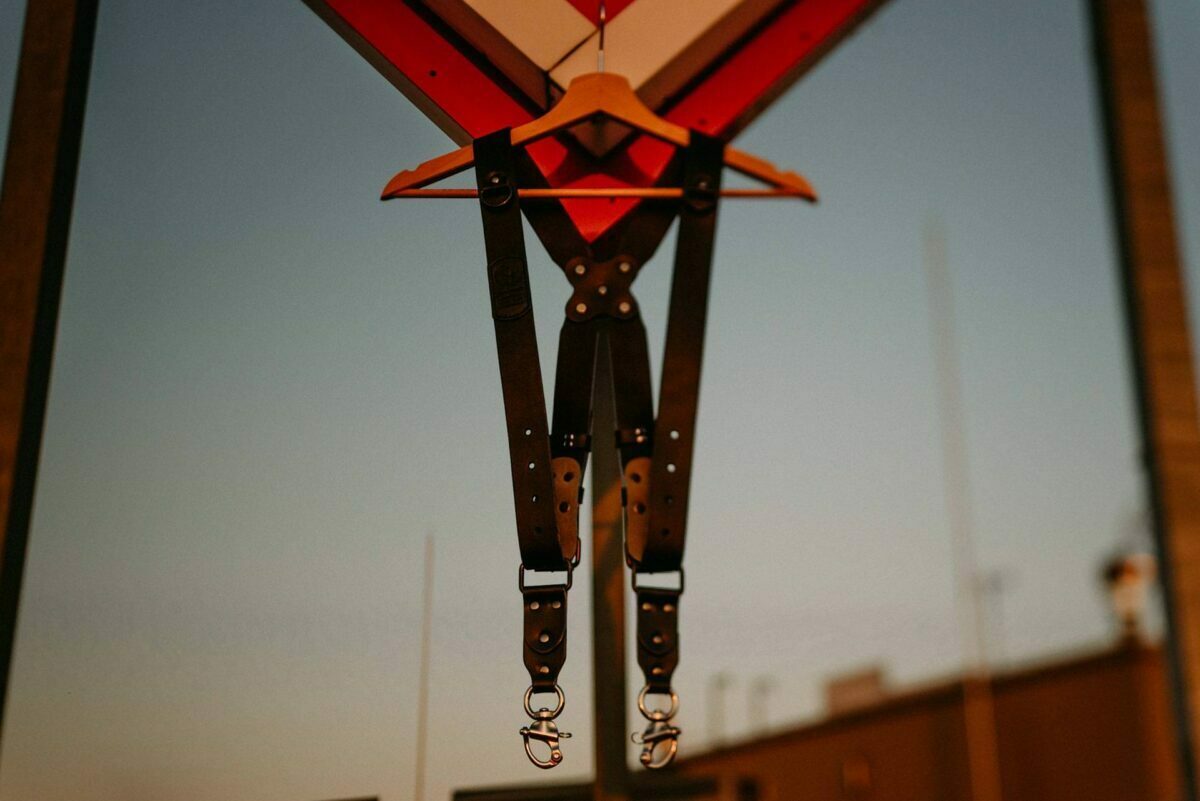
Today, I hang my cameras on 2 Peak Design Leash v3straps (formerly Slide Lite, but I lost it and decided to change to something even smaller, since I already have lighter gear), so I can easily remove one of them and shoot with one camera. Sometimes I also use the Peak Design Capture V3 mounts, which allow me to clip the camera to my pants belt – then I don’t have a shoulder strap and I can put the camera down anytime I want, I just have to be more careful when clipping it into the mount (because I have it loose).
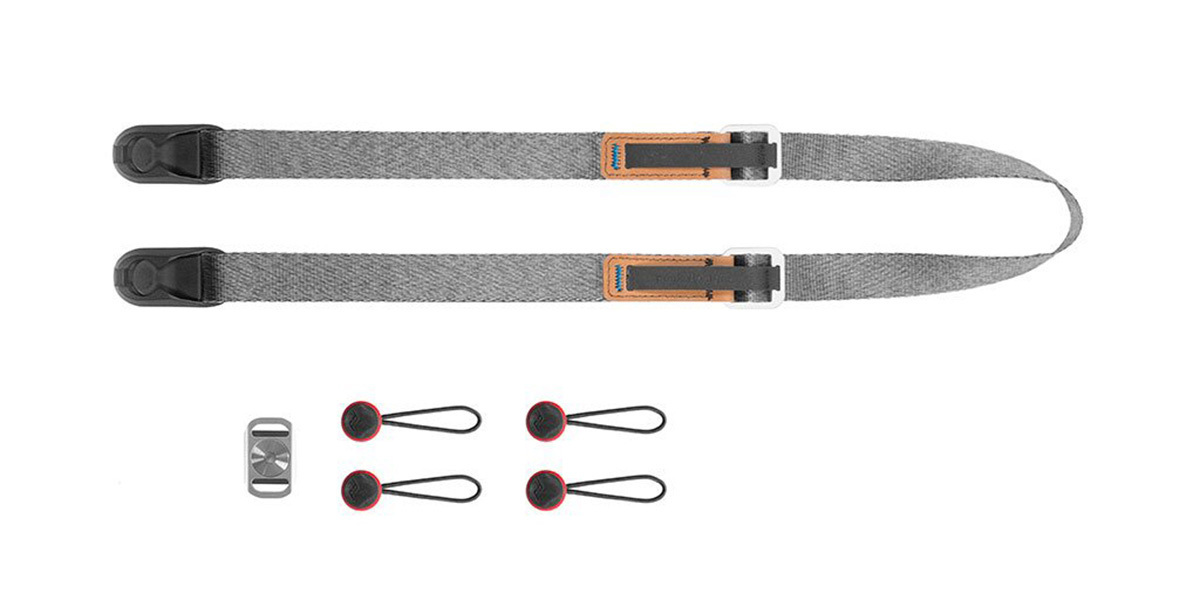
I’ve used harnesses before, but for good balance it’s always good to have two bodies. Harnesses don’t give me as much reach for shooting from above, or from the ground. The strap allows you to more easily lift or lower the camera strapped to it. It can also be removed quickly. If the harness is loosened too much (to increase the range), crouching can hit the camera on the floor.
May the power be with you
I always take a 2-channel charger with me NEWELL FDL-USB-C on USB-C for Sony NP-FZ100 batteries (for Sony A7III/A7C). It’s not the fastest (the NEWELL DC-LCD version (for 220V) works better ), but it’s small and I can charge with it even in the car or from a power bank via USB-C cable.
During the assignment, when the battery starts to run out I put the rechargeable batteries in it, and put the previously charged ones in the camera. This way I can rotate 4 rechargeable batteries throughout the day – 2x original NP-FZ100 and 2x Newell Plus replacements . I do a similar thing with the Stroboss 36 and Stroboss V1 lights, which have really powerful rechargeable batteries and I rarely have to replace one during an assignment (AA rechargeable batteries wear out faster). The Stroboss 36 has its own charger, for which I bought a short power cable to save space.The Stroboss V1 has a tiny charger with a USB-C port that doesn’t take up space.
Previously I used AA Eneloop rechargeable batteries, but now I left them mainly for the Quadralite Navigator X2 trigger and the Stroboss 36 flash I had left over from the Nikon. I also use the Eneloops ring flash for party photos.
I also have with me a gruel and brush for cleaning the sensor and camera, an ampoule wrench for PeakDesign mounts, USB-C and Lighting cables for charging rechargeable batteries and the phone. For charging, I use a 4-port USB charger that puts out a total of 30W of power. I also carry a Color Checker Passport, flash stand feet, 4 or more AA rechargeable batteries and spare eyecups – because they like to fall off sometimes.
Packs everything in a sturdy backpack Lowepro ProTactic BP450AW II, which is rigid and protected against moisture. You can also put a 14-15″ laptop in it.
Accessories for strobing

Occasionally I’ll also pick up SmallRig ball-head mounts, which allow me to attach flashes to handrails, railings, or tripods on stage or at the DJ’s place.
If I’m photographing the dance floor, I take lighting tripods with me. If I want more flash power or need to take portrait photos then I take 1-2 lamps Godox AD200.
Clean And Prepare Cards
It may seem trivial, but a very good habit after ripping photos and backing them up is to format the cards before packing the equipment for the next job. First of all, you will need to do this anyway. Second, it’s better to have all the cards clean and ready to shoot than to wonder if we can format it.
If you make a habit of formatting the cards after ripping the photos, then if you put a card with photos on it on the assignment, it’s because you didn’t rip it and you need to use another one. The way I do it is that I put all the cards to be ripped on one pile next to the laptop, and put the ripped cards somewhere further away so as not to mix them up.
Back up
We should think about backup already at the stage of taking photos, so it is worth using cameras that have 2 memory card slots. This way we can save each photo directly to two memory cards, which significantly reduces the risk of losing photos.
The safest thing to do is to shoot in RAW format and save photos equally on 2 memory cards. Because the chance of damaging two cards at the same time is very low and further decreases if we use several smaller cards that we will change during the shooting. However, it is a good idea to match the size of the cards to the number of photos we take and the file size, which depends on the number of Megapixels and whether we use a compressed format.
I’ve worked out a system where each body has a Samsung Pro Plus 256GB card, which I practically never take out of the camera to reduce the chance of mechanical damage, to which SD cards are unfortunately prone. In the second slot I use the same 64GB cards, which I change at my leisure before they get completely full. I also rip photos from these small cards after an assignment. I treat the 256GB as built-in memory in the camera.
Charge the battery and batteries
I always charge all batteries and rechargeable batteries after the assignment, when I start ripping photos, so that I am already prepared for the next photos. This is not advisable, as it is recommended to leave slightly discharged rechargeable batteries when you are not using them. However, I prefer to have the equipment ready to go, because I don’t take long breaks so that it would damage the cells. For years I did this when photographing with Nikon, where I had one spare battery for each body, and even during an assignment I would put batteries that were 10-30% into the charger. I didn’t see any significant degradation.
Will you need a laptop?
If we have agreed with the client that we need to rip some photos, it is good to have a laptop with us. Although some photographers, for example, RAW + JPEG to rip the raw photos to a phone and send them from it. I, however, prefer to take a moment to review the photos on the big screen and possibly gently correct them.
If you’re taking a laptop, it’s definitely nice if it has a good (for a laptop) screen, so that you don’t get mishaps with weird colors later on (I once had a high-performance Samsung laptop that unfortunately had a TN matrix screen that fell heavily into blue, and all the photos I returned were too orange. Ay!). I made a separate post on laptops, but I think that for a quick review and selection of photos you can boldly take the MacBook Air M1, only you need to remember the memory card reader if you do not have one. Ripping over the USB cable is often slow and doesn’t allow us to put a blank card in the camera and go on shooting.
If you have a laptop, it’s worth remembering to leave yourself enough space to rip the photos and save the selected ones to JPEG format. At home, you will always find some hard drive to which you can dump old or processed photos. So it’s better to do this before you leave. On assignment, it can be hard if you don’t have a portable drive and can’t delete anything because you don’t have a backup at home (By the way, it’s a good idea to have a backup of our laptop at home, in case something happens to it in the photos. I recommend Time Machine on the Mac, which backs up every hour).
How to start event photo coverage?
Punctuality
It is not an option to be late as an event photographer if the event has to start at a specific time. If I make an appointment for event photo coverage starting at 8 pm, I am always about 20-30 minutes early to prepare and possibly discuss some details on the spot.
Already at the preparation stage, I check my access for a specific time and take into account the location and traffic jams. If I’m going to a new place, I always give myself a little more time, because nothing is better to check the location calmly than to run into the photos like a burnt man.
Space for equipment
When I get to the venue, I look for a safe corner where I can leave my equipment. When it is a closed event and I feel safe, I leave my backpack somewhere nearby. If it’s a training event, for example, I put it somewhere in the corner of the room, e.g. under some table, to reach for the lens, flash, memory card or batteries. I put it so that it is not visible in the frame and does not disturb anyone. If I don’t feel safe with my equipment on top of me then I take 2 bodies with 2 different lenses and, if there may be a need, one lamp, and leave my backpack in some back room under lock and key.
If I’m photographing an event where a DJ or a band and there is such an opportunity to leave a backpack with them, it’s a good solution, because they themselves make sure that no one enters their backroom. Similarly, it can be at the reception, registration or checkroom, where there are usually 2-3 people who take turns all the time to serve guests.
During trade shows / industry expo I also sometimes meet friends who have their own booth and some storage, then if they don’t mind, I can also store a backpack.
As a last resort, if I have to be somewhere on the move or can’t leave my equipment, I just work with a backpack. Usually before such an event I limit myself with the amount of equipment to the minimum necessary.
Food
For short events, it doesn’t matter much. It’s enough to eat something substantial before the assignment, and at most to eat something after the assignment. Otherwise, it’s good to have some quick snacks in your backpack – I usually take some whole-grain or protein bars.
With longer assignments, you also need to remember the breaks, especially since we have to walk all the time with the equipment. If we asked for the agenda beforehand, we also know when the lunch break is scheduled. Usually it is the client who suggests that I use the buffet during the event, and then I put away my equipment and go to eat like everyone else. Especially since it is inappropriate to photograph people while eating.
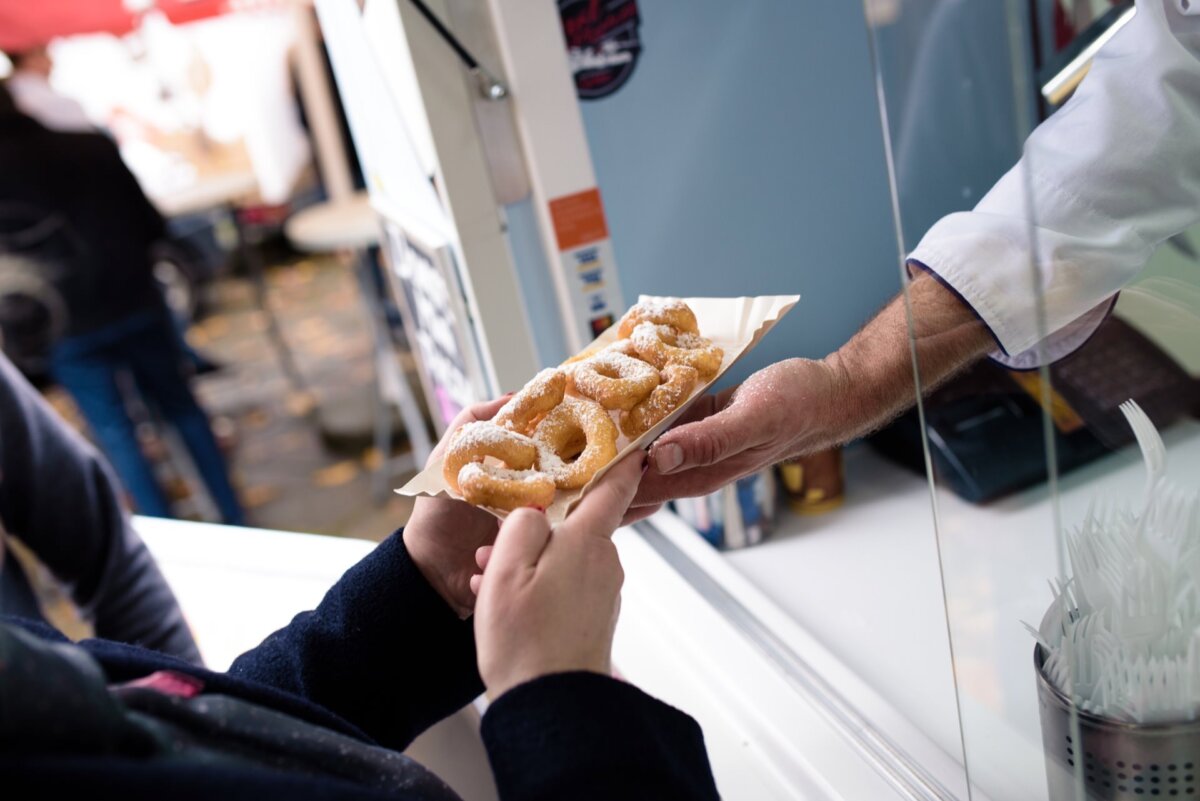
I don’t like to ask and impose in this regard, so I always plan if I can eat something nearby or if I should bring something with me. Of course, it’s a good idea to make sure the client doesn’t have any ideas for photos during the lunch break and to arrange a time for a break with them. We’re not robots, but there’s also no reason to secretly disappear into a nearby kebab shop without telling anyone.
Reconnaissance
Either by ourselves or with an event organizer, we can walk around the venue and see what awaits us. If necessary, we can set up lights on the dance floor, for example – if we are photographing a corporate event. We can also discuss the final issues with the organizer – who to pay attention to, what to capture, what shots he cares most about. We may also spot some interesting place from which to take pictures, but we don’t know how to get there and whether they will let us in – such as some terrace or vantage point. We will also know what equipment to choose.
What to photograph at the event?
Space
Maybe you like to shoot close-up or with a telephoto lens, but it’s worth taking a few wider shots or stepping back a bit to show the venue. Even more so if it’s an interesting venue, it’s worth showing it in the context of the event or the people and brand behind it. Photos of details – catalogs, flowers, decorations with brand colors – will be an interesting addition, too.
The most important people
At events where there is a stage, this matter is easy, because you will find a presenter who invites important people, speakers or experts to give their talk on stage. To them, it’s worth taking lots of photos, from different perspectives, as they speak, as they are listened to, or as they talk among themselves. Of course, everything in the context of the event, to show the branding and crowds of people in the audience in the background. Sometimes these people appear among the guests after the speech, it is also worth showing their interaction with the participants.
If you are photographing an event where there is no main stage, but important people appear, it is a good idea to know the list of them, and preferably read their photos so you can see who it is. Not every famous person has to dress like a Hollywood star and surrounded by a crowd of people. Sometimes it’s some important person from an organization or an expert in a niche industry or topic. However, at the end of the day, we need to have photos of these people from which to choose the best ones, so it’s a good idea to take a lot of them and have 2-3 really good photos at the end.
Photographing the speakers
Photographing people who are speaking is probably the most difficult thing to do during speeches. Especially if there is someone on stage who speaks a lot, quickly and briefly. Then we have to catch the most favorable frame. You have to watch what the person is saying and how he or she is saying it, because some voices during pronunciation don’t look the best in pictures. You can then wait until the speaker catches his breath or smiles. Nevertheless, it’s worth taking a few photos while the person is speaking, because in the right context it can be just as good a photo.
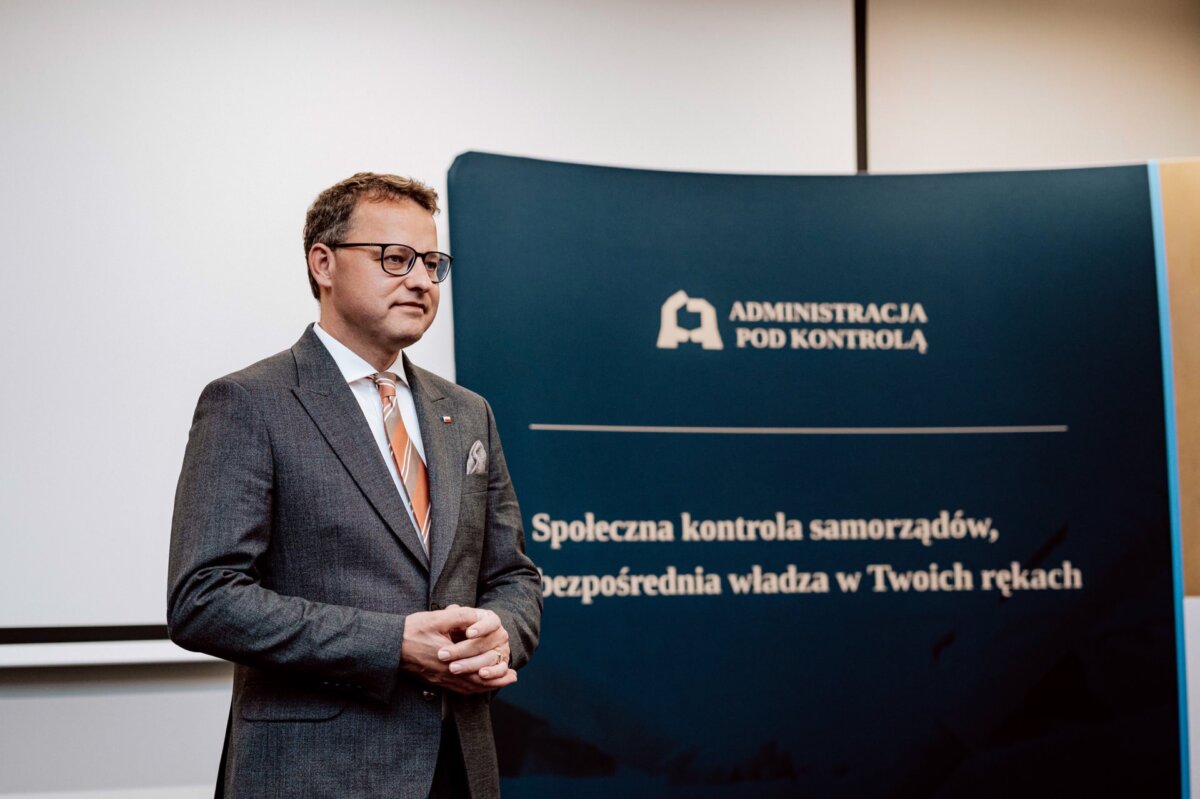
By taking photos from behind, we also have the opportunity to show the participants and the gestures of the person speaking towards them. Of course, let’s not brazenly step into the middle of the stage as if we were about to speak – do it sensitively. You just have to be careful not to take pictures of a bored audience who is checking Facebook on their phone or a presenter who is reading a prepared text from a sheet of paper. It is then worth waiting, for example, for a series of questions to the presenter that engage both parties. By the way, we can frame only those 2 people if the room has become empty.
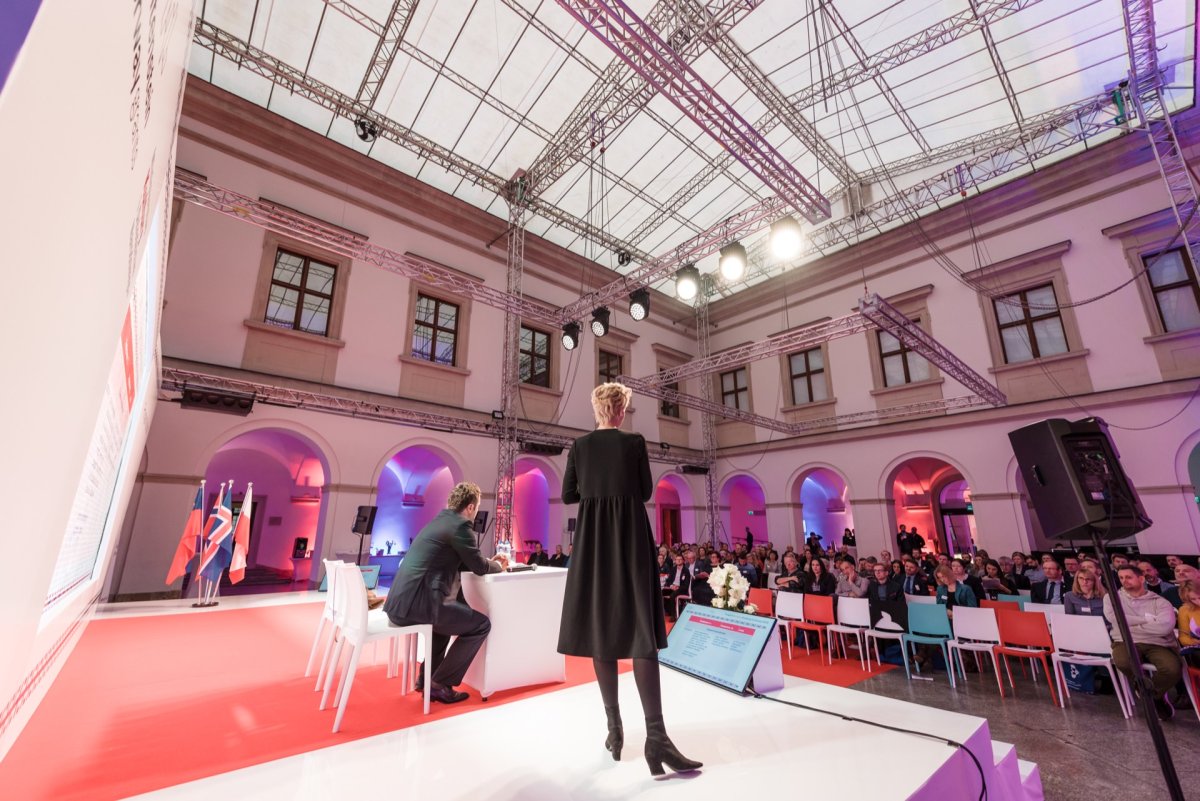
Guests want nice pictures, and the organizer wants good promotional material
Guest photos have two tasks. One is to show that it “happened” and serves to promote it. On the other hand, guest photos are a great souvenir for the participants who took part. By which much more the reach of such event photo coverage increases, because people like to look for themselves in the photos. If they are cool photos, they are also likely to give likes, comment, tag themselves, and maybe even steal them to upload to their profile. That way other people who didn’t even attend the event can learn about it. That’s why it’s so important to capture as many people as possible in photos.
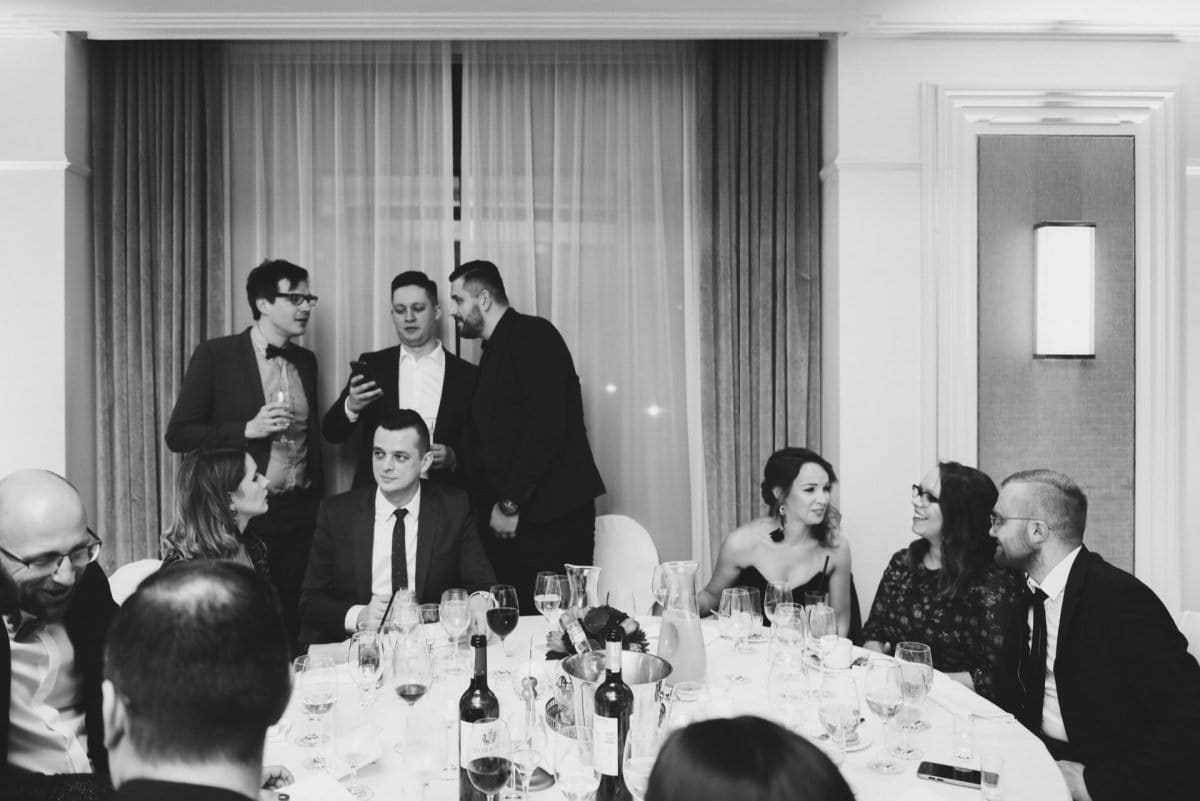
Guests can be photographed in several ways:
- Crowd of people and large groups
- Several people talking to each other between people
- Close-up photos of groupies
- Posed photos of several people
- Unposed portraits
- Posed portraits
When photographing guests , it is necessary to be the center of attention and not to be the center of attention and not to disturb the participants. Knowing in advance how the guests will be dressed (as I mentioned at the preparation stage) allows us to blend in with the crowd. That’s why I prefer smaller fixed-focus lenses such as the Sigma C 35 f/2.0 and shoot without flash. This way I can get closer without making the participants uncomfortable. Occasionally I’ll have a word with someone, but just enough to get more into the event atmosphere and show other attendees that I show up with other event participants. Of course, you have to watch out for protracted Nikon vs Canon vs Sony style conversations and turn them into a photo proposal and move on.
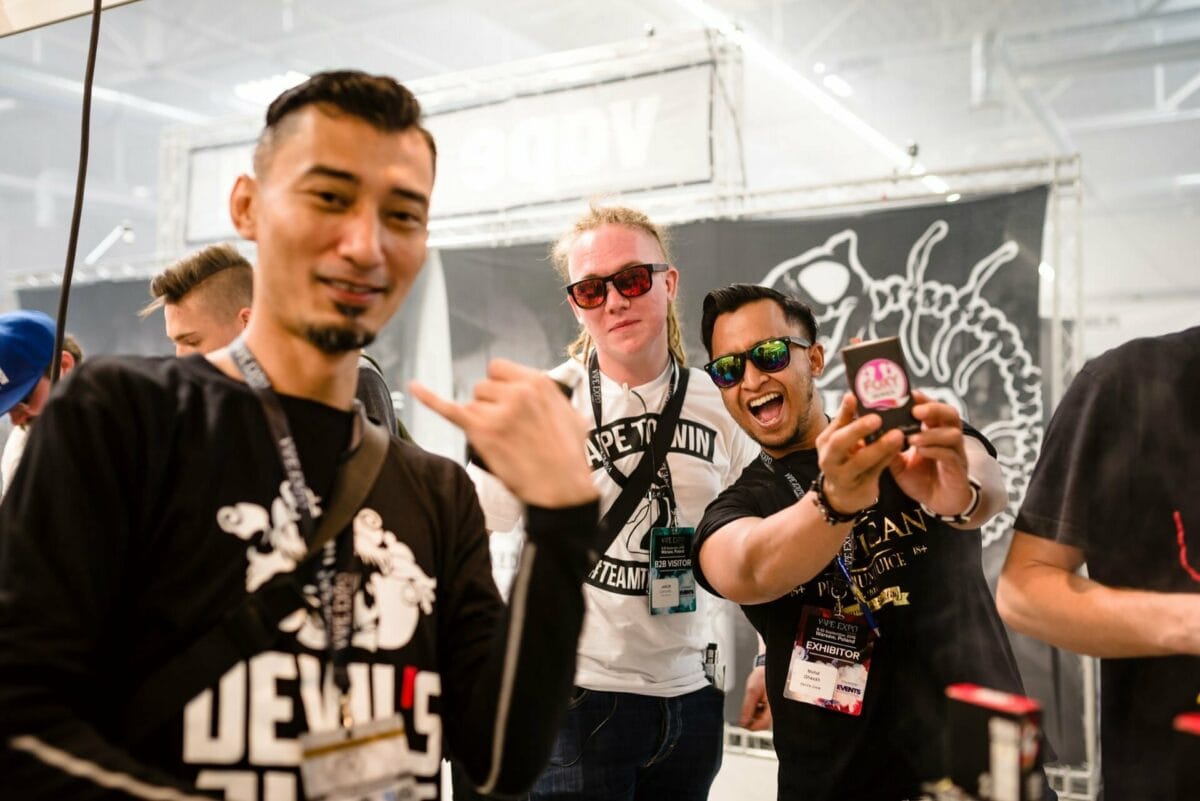
Some people will ask us to take a picture, sometimes one, sometimes several, or they will gather a group of friends and ask for different combinations. It’s worth keeping an eye on the “one more photo” so that it doesn’t drag into the next and the next photo. Sometimes you have to say stop and move on.
What kind of picture of yourself would you like to see?
There are also people who for some reason do not like, do not want, or are ashamed of photos. If someone doesn’t want photos and clearly communicates this, then it should be respected. There are also people who simply do not participate in the event and sit somewhere in a confinement. It’s still worth taking some interesting photos of them than just how they sit all the time with a phone or laptop in front of their nose. It’s better to make a few approaches and reach for the zoom than to have such a person in your sights all the time.
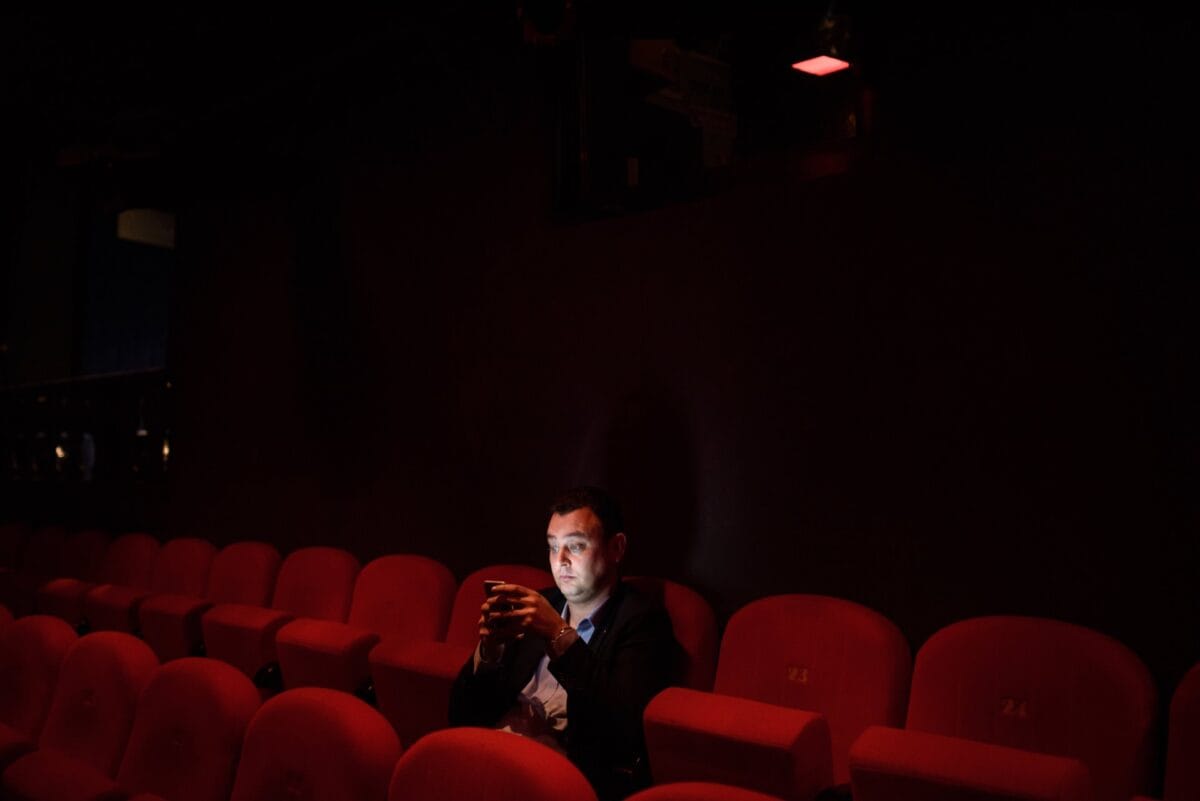
Usually the best frames just need to go out, not stand still putting down roots. If it’s going to circulate among the attendees at a large event then we also have a chance to do them in different settings. Especially at networking events, where people talk in pairs or small groups, then we have a chance to reshuffle.
If you want to show a conversation between 2-3 people, it will be safe to show whoever is listening from behind the back of the person speaking. A photo of just one person can take away the context.
Branding
Branding, is all about the organizer, the brand, the partners and sponsors. They are the ones who pay for the organization of the event, and they are the ones who care most about such photos, when the colors, or the brand logo will show happy people around them. It can also be lanyards, catalogs, gadgets. Sometimes it can be flower compositions in the colors of the brand.
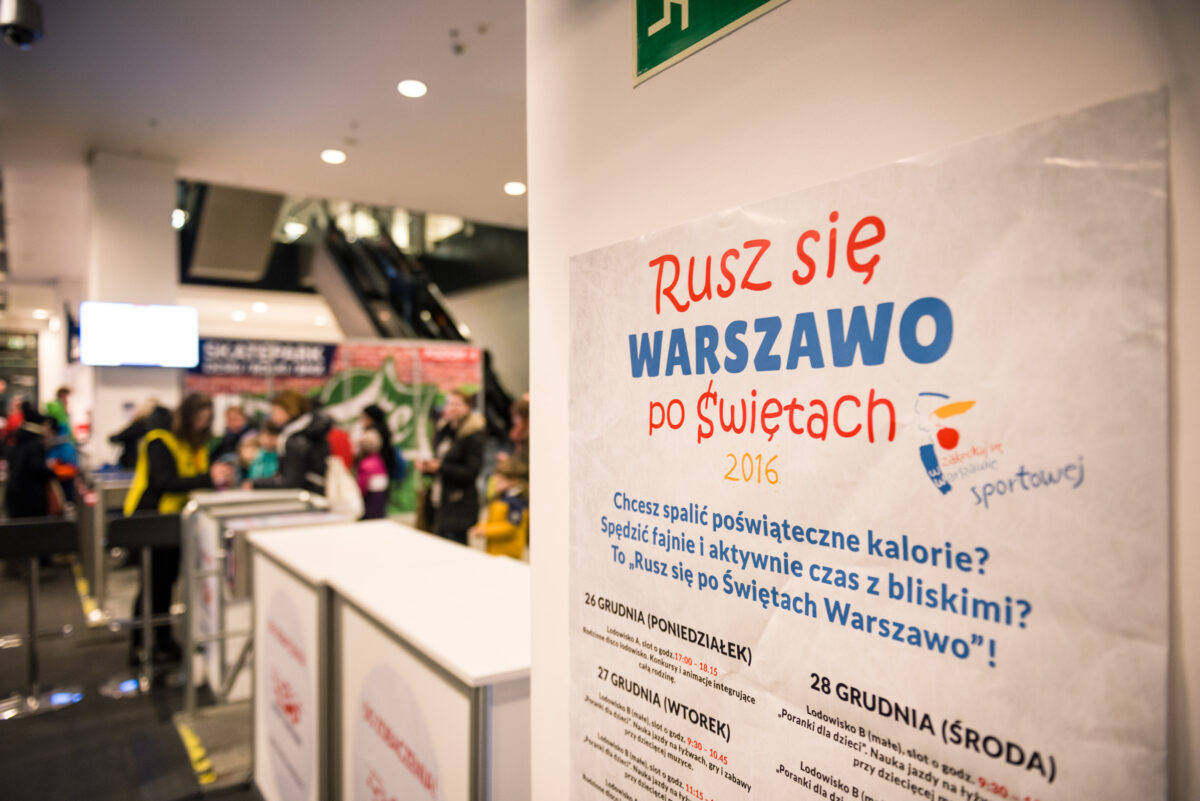
I’m not saying that you should take a photo of every rollup, but if someone is talking near it, or doing something interesting – take a photo. I’m also not saying that every photo should show the logo in the background, but let it appear often enough throughout the documentary-style coverage so that no one doubts what the event is.
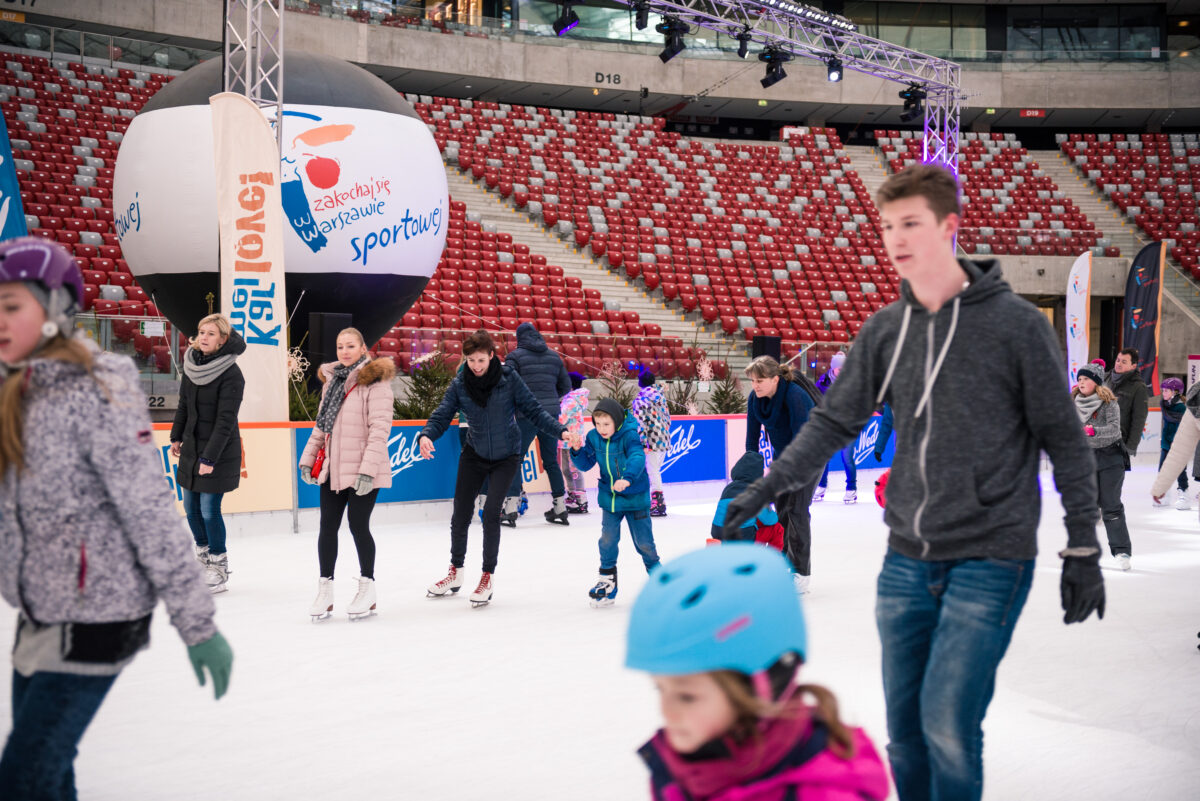
Organizers like photos of a large group of people, where you can’t see the face or the frame doesn’t focus on one person. Such photos can be used for promotion, because a portrait of a person with a lanyard with the name of the event on it – not necessarily anymore.
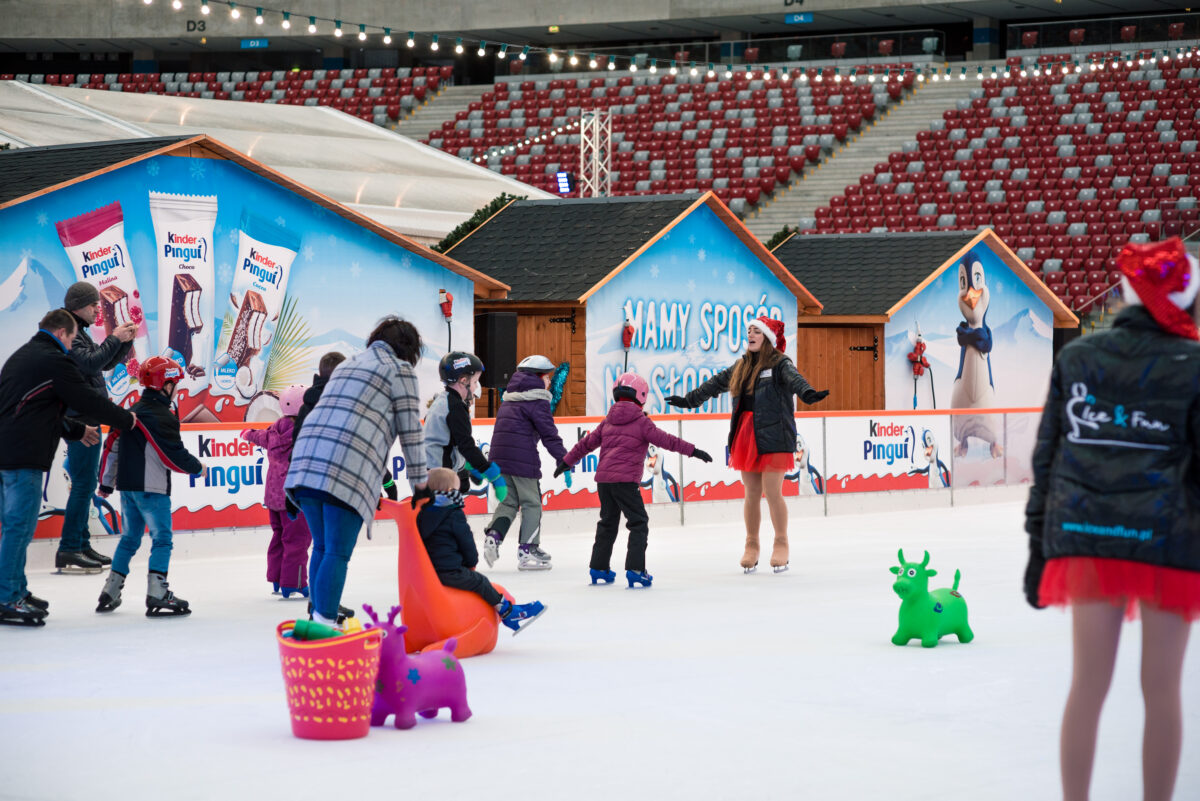
How to photograph an event?
I’m assuming that you are getting down to event photography having already had some experience with a camera, but I’ll tell you what to keep in mind and what to pay attention to.
Shoot with or without flash?
I used to shoot more with flash, because the capabilities of the equipment were such that without it, either the photos might not come out or were very noisy. Today, good and bright lenses are not as expensive as they used to be, and modern cameras can take nice pictures at high ISOs. When I started out, ISO 800/1600 were the values at which photos were already getting very noisy. Today, you can work even at ISO values of 6400-8000, where noise does not ruin the photo. That’s why I use flash less and less.
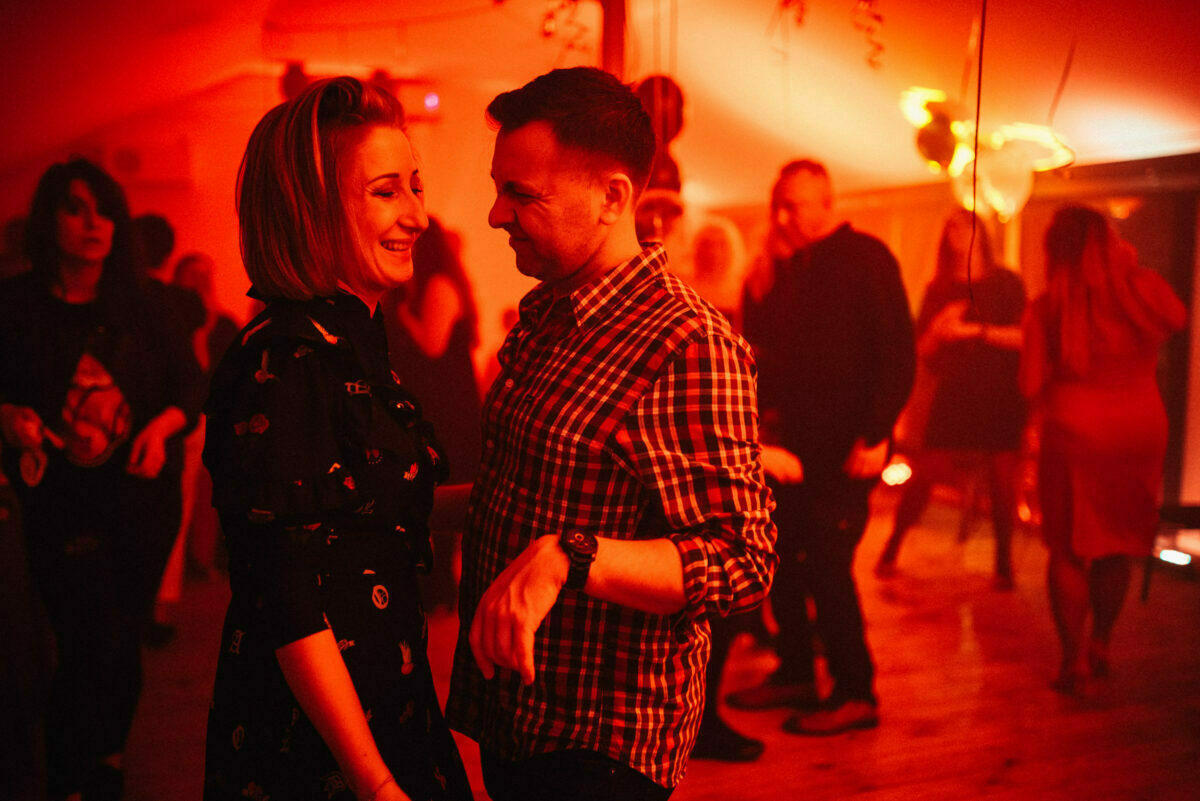
Shooting with a flash is a bigger camera and a sign that “there goes the photographer” by what generally puts us in the position of a professional who takes pictures at an event. Sometimes it’s better to create the impression of a guest who is taking pictures for himself and has brought a camera, which makes some people have more slack towards our lens.
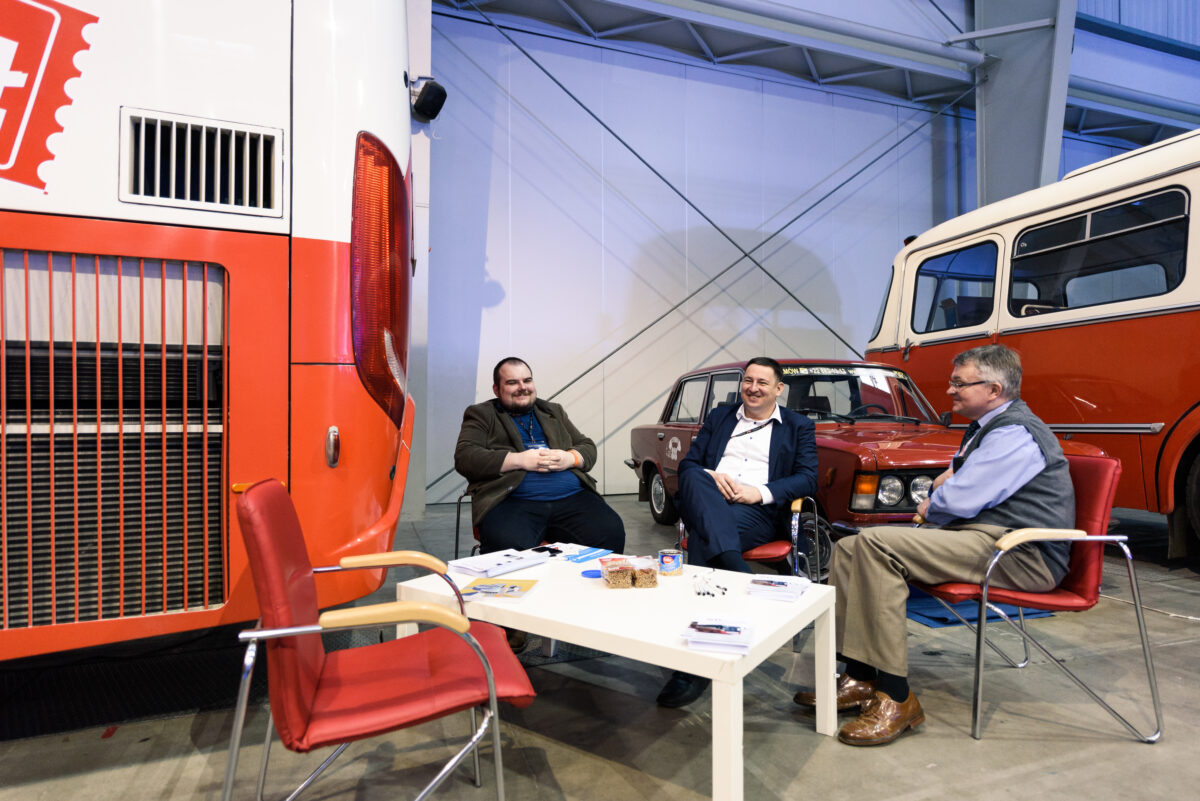
Homehttps://www.instagram.com/urbanflavour.pl/ https://facebook.com/urbanflavour.fotografia.eventowa/
Some situations require the use of a flash. Sometimes it’s so dark, or we have such poor lighting, that it’s worthwhile or even necessary to use a flash to get the colors back. That’s when I try to flash so that the photos look natural. The best flash photos are those where it’s hard to tell right away that it was taken with flash. I usually do this by turning the burner toward a white wall or ceiling.
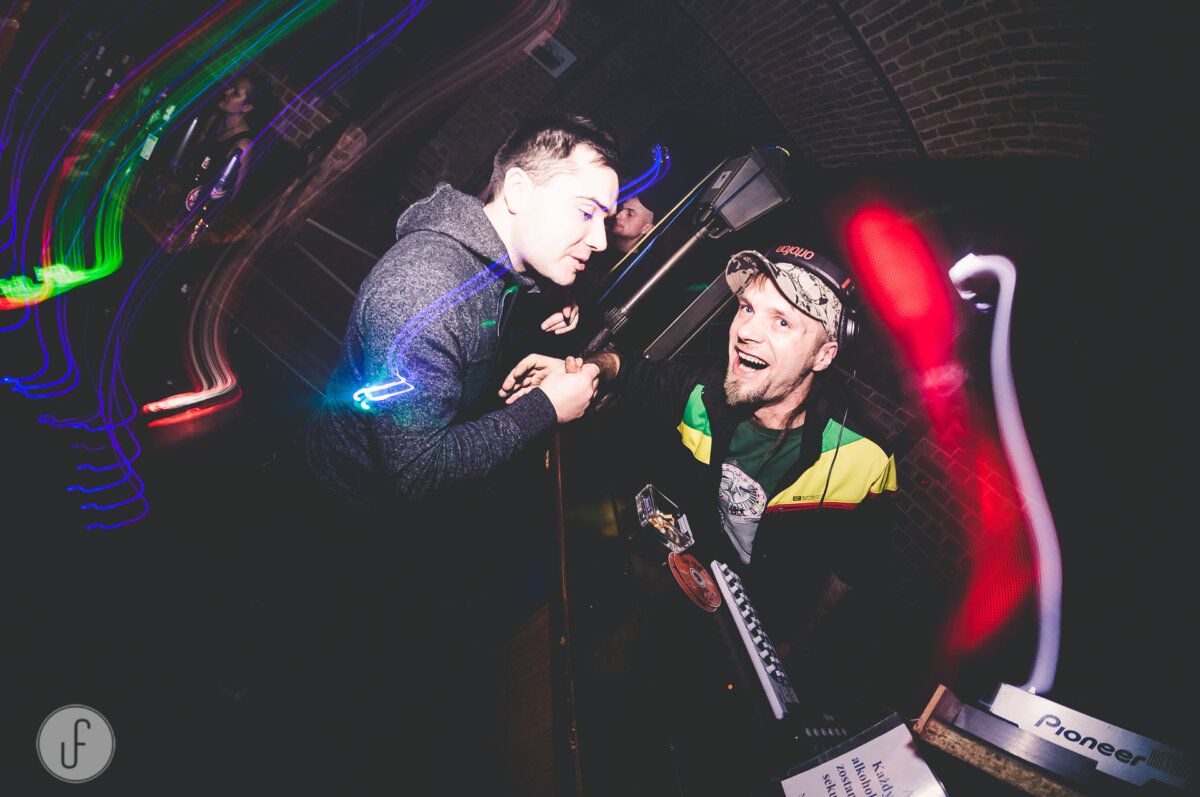
As a last resort, I use a reflector or shoot straight ahead. In such situations I try to take the lamp off the camera, put on the transmitter and flash holding the lamp away from the axis of the lens – this works great on the dance floor and you can then also play with long exposure times such as 1/10 which gives cool light bohomas. You just have to be careful that the strong lights are behind the backs of the people you are photographing.
What not to do when photographing events?
During any event, it is worth remembering a few rules.
- Don’t take pictures of people while they are eating, even less if they are chewing something. If you want photos of the buffet, it’s a good idea to take them before everyone throws themselves into the food.
- Don’t line people up for a photo – unless you are taking an arranged group shot.
- Don’t ask for smiles – capture them.
- Don’t stand still like a peg – good frames need to go out.
- Don’t take photos that show someone in an unfavorable way.
- Don’t photograph clutter unless it is intentional – e.g., workshops, putting together puzzles
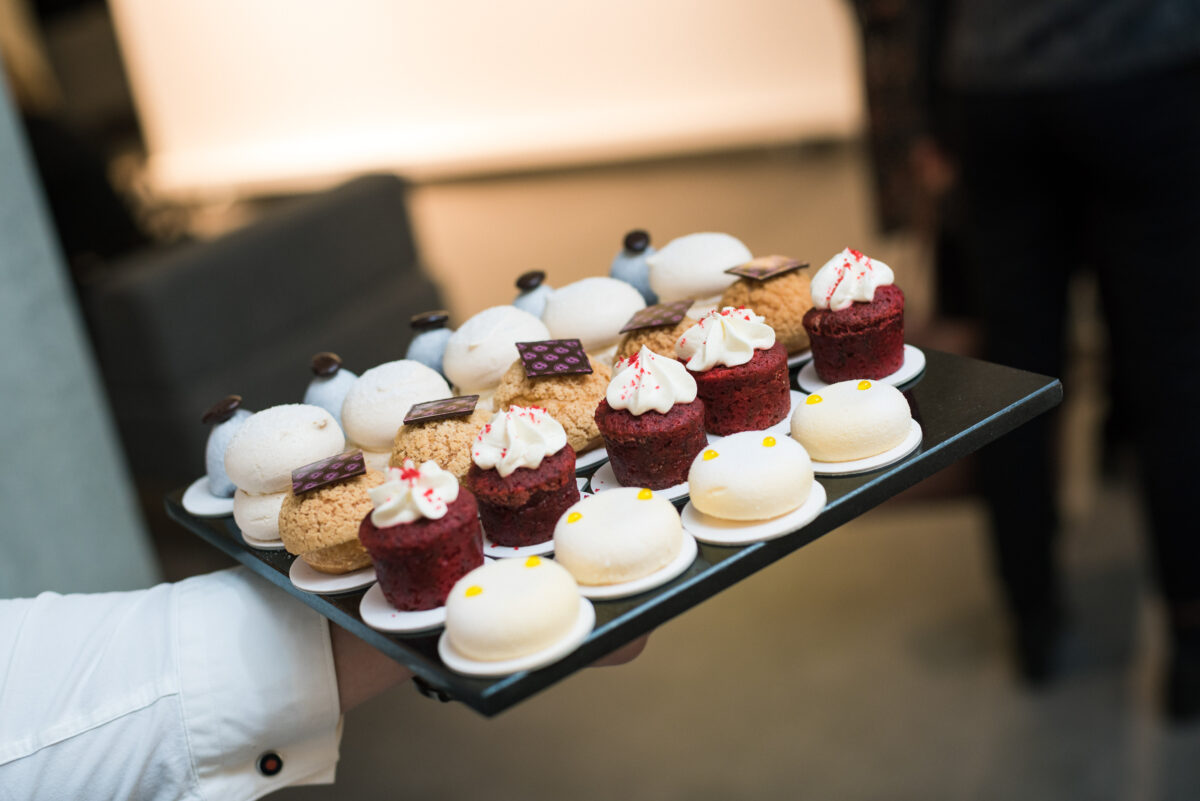
In general, the idea is to show everything in a “nice way” without putting people in an unfavorable light. Just as we can capture beautiful gestures (hugs, jumps…), we have to be careful about those ugly grimaces. No one would want to see themselves in a business conference photo with a gill under their nose or a sauce stain on their shirt. You have to pay attention to such things.
Preparing photos after the event
Photo ripping and backup of event photos
The first thing I do when I get home is pull out the full memory cards and stack one pile, rip and put the ripped cards aside. I do everything in Adobe Lightroom Classic, in which I catalog my photos and is my main work tool. While ripping, I simultaneously back up the RAW files to a NAS server. This way, on my computer I save the DNG files and create thumbnails, and on the NAS drive I have the raw RAW files straight from the camera. This way, if I delete something on the computer or have a problem with it, I can still recover the photos from the server.
I tag the captured photos with keywords and geotag the location (if I haven’t enabled it on the camera). I also break down some events into stages, usually in the same way I’ll want to share with a client in an online gallery. For example, there might be photos – of the location, guest registration, keynote, debate and networking – if I’m photographing a business conference.
Selection of material from the event
First of all, 99% of the time it is as a photographer that I prepare the selection of photos for the client. I consider it part of my job and it makes no sense to put it on the event manager, who has his own things on his mind, and chose us because he wants the finished material. Like an event photographer, I do the shooting, selection, processing and deliver the finished product to the client in such a form that he can use it as a whole, or choose something for his own needs.
The photographer is there to choose the pictures
Don’t be like a cab driver who asks “how we’re going,” or at most like a chef who asks if the meat should be fried or bloody. That is, specify the approximate number of images you are to provide. I always specify a minimum amount before an order and usually exceed it. However, I don’t think that the number of photos provided by a photographer is indicative of his/her value. For the same reason, I don’t understand candid photography / natural event moments packages that include a specific number of photos. Sometimes there’s just not much action and it’s hard to choose the assumed number of photos, or we have so many cool frames that it’s hard to give up some of them in order to fit into the set amount, and despite the “small package” we waste time selecting the meat.
Take lots of pictures, give away only the best ones
I believe that you need to take a very large number of different photos, and then make a sharp selection. Giving away 1,000 photos from documentary-style coverage or a series of similar photos or in several versions of photo editing I consider as a lack of determination, or a desire to go for quantity. On the other hand, I don’t give some kind of limit or sell packages of photos – I just give photos that are good and can be used. Knowing what to photograph and what photos to give away, I minimize questions about whether I may have a photo of someone or something.
Photo editing
If I already have the photos selected then I try to preset them in terms of brightness and white balance, if there is a lot of turnout. Then I choose one of the presets that best suits me and adjust for the event. It’s a long topic, because it’s impossible to “add a filter” on the whole documentary-style coverage with one click, because the difference in lighting conditions alone often differs between different photos. It is necessary to have some starting point, so that the photos do not look like each from a different parish, but have a common denominator.
I then go through all the photos to improve the framing, contrast, brightness, etc. By the way, local corrections and gentle retouching also come in. With well-shot material and similar lighting conditions, there is a little less work. Unfortunately, I have the impression that some photographers just throw a preset on pre-selected images and think the job is done. That’s the way I would like it too.
Transferring photos
For myself, I export files at full resolution and 2048 pixels to the longer side – such is the Internet. I used to send photos to a client that way, too. Today, I put full-resolution photos in a pic-time gallery, where the client can download all of them, a few, or individual ones in full resolution and such to the Internet. If something needs to be added, or corrected and substituted, I can upload just a single photo.
If the customer shares the gallery further, with one button he can hide selected photos without my intervention. There is also an option for any attendee to order prints directly to their home/office. By the way, we have full control over who can access the gallery and download photos. Everything is fully managed and the number of options is huge and I would have to make a separate post about the pic-time gallery.
Summary
The work of an event photographer is a combination of many skills, and the operation of the camera, is only the fundamental basis, for this type of photography. This is often working with a business client who expects us to PROVIDE THE THEME. Sometimes we will work with marketing departments who will tell us what kind of photos they expect, but more often it will be up to us to plan our work. Whether we’ve done a good job will only become apparent after we hand over the material, and that will determine whether anyone will continue to want to work with us.
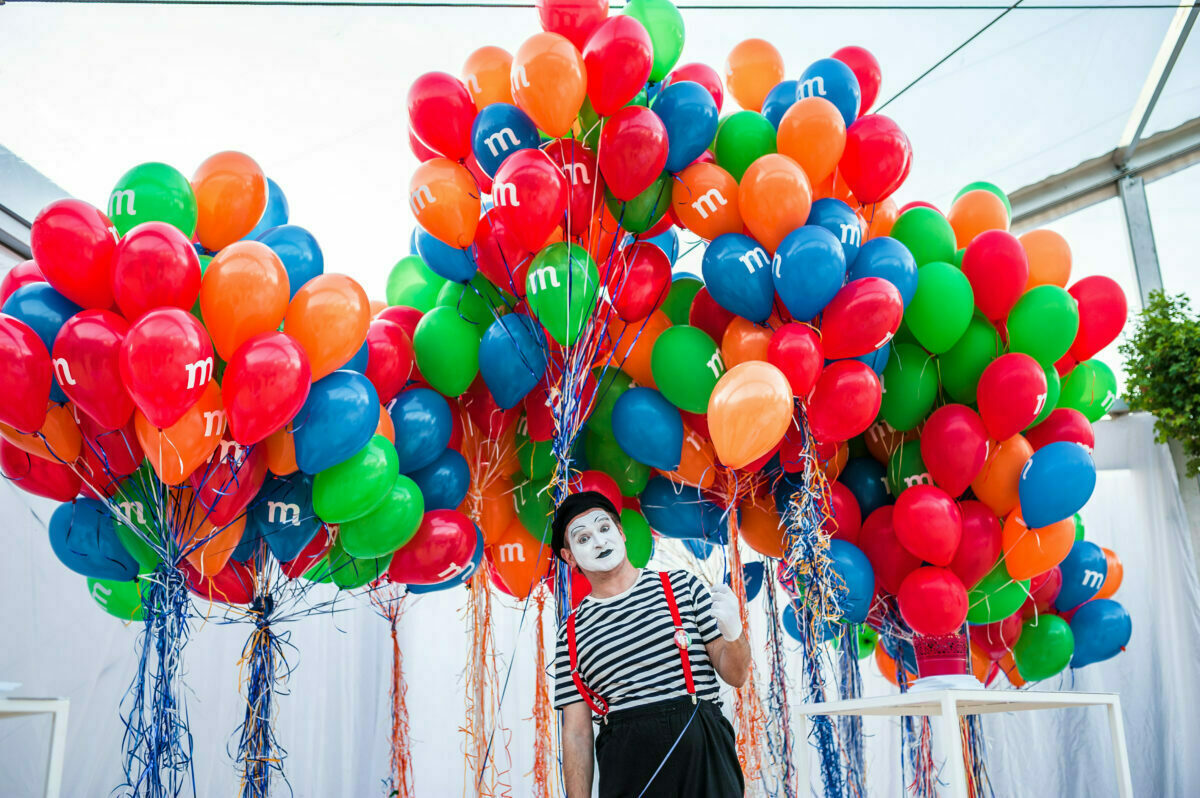
Try to put yourself in the shoes of an event manager who later wants to use these photos and publish them. What should they show and what story should they tell. Try to take a photo that sums up the whole event in one frame – what was the topic (employee training?), who was behind it (branding), what were the emotions (smiles?) However, remember that all the material should also create a story, not dry technical documentation.
Don’t give a hoot!

